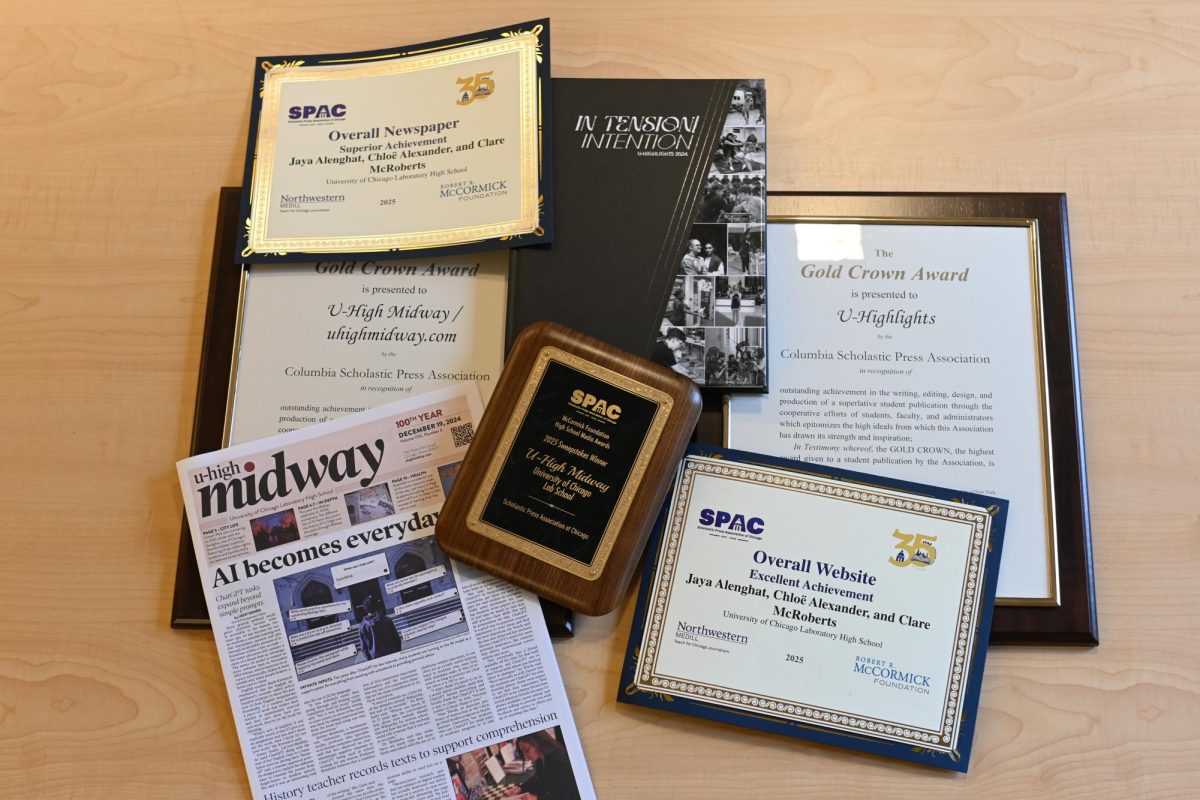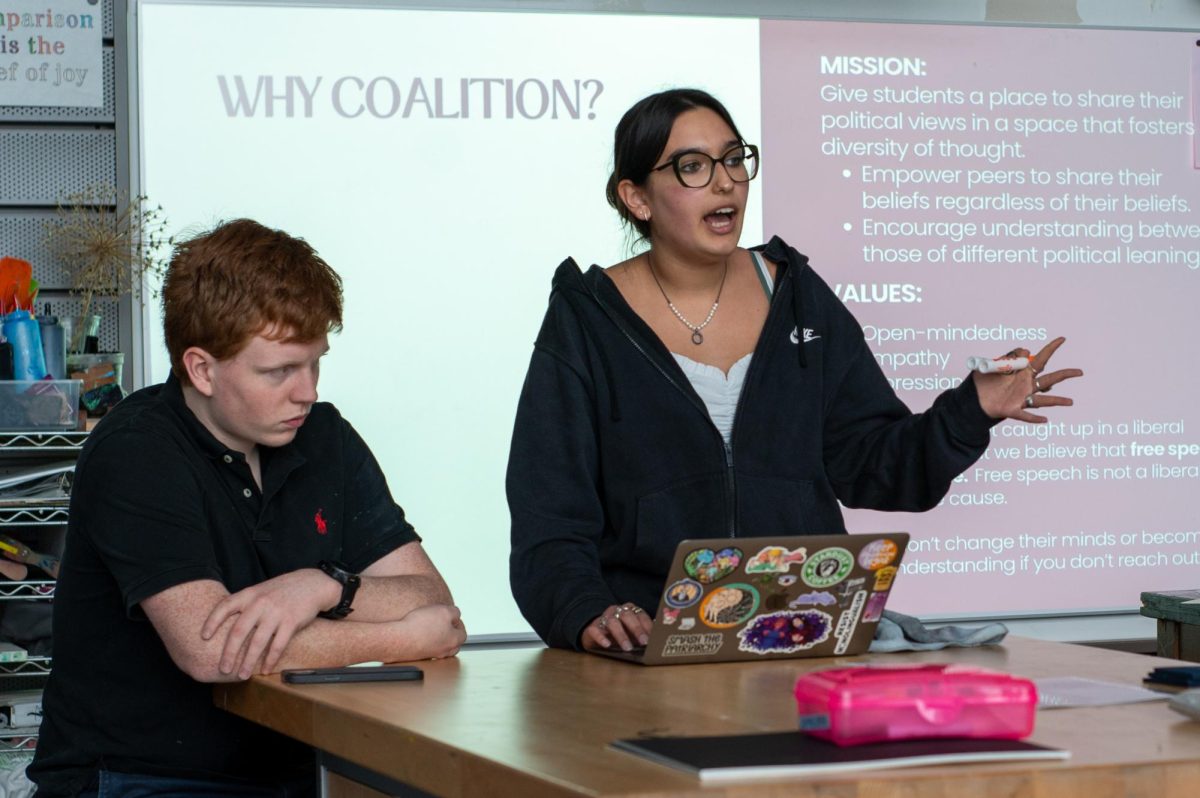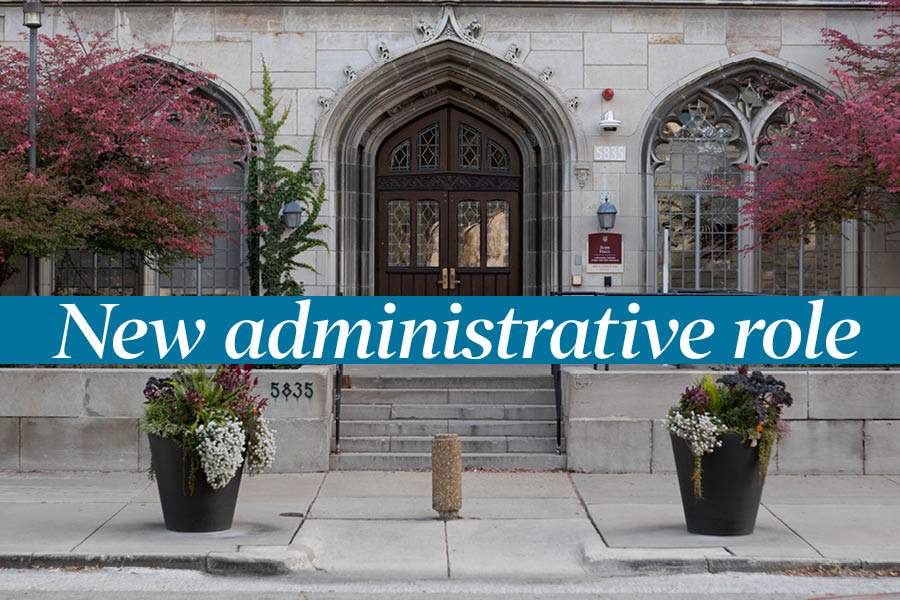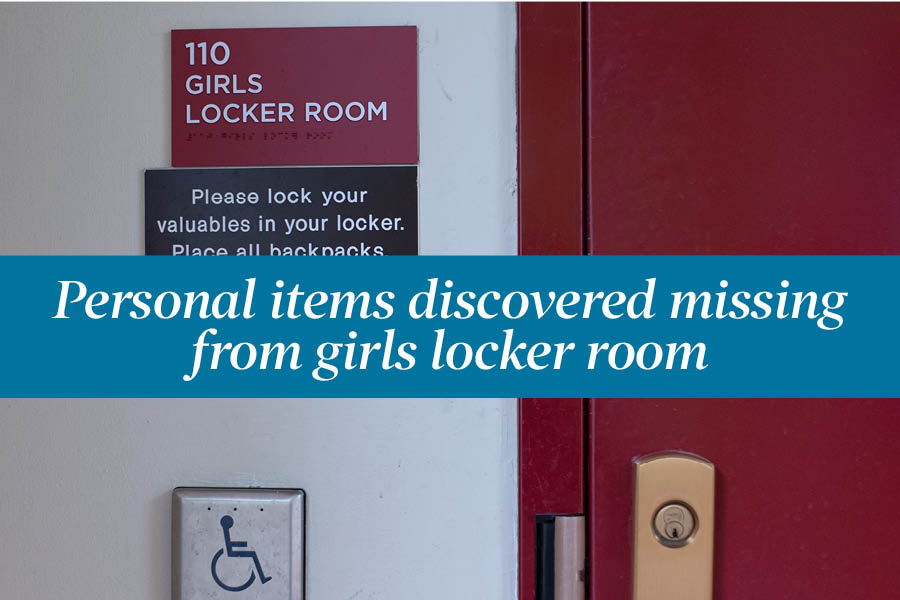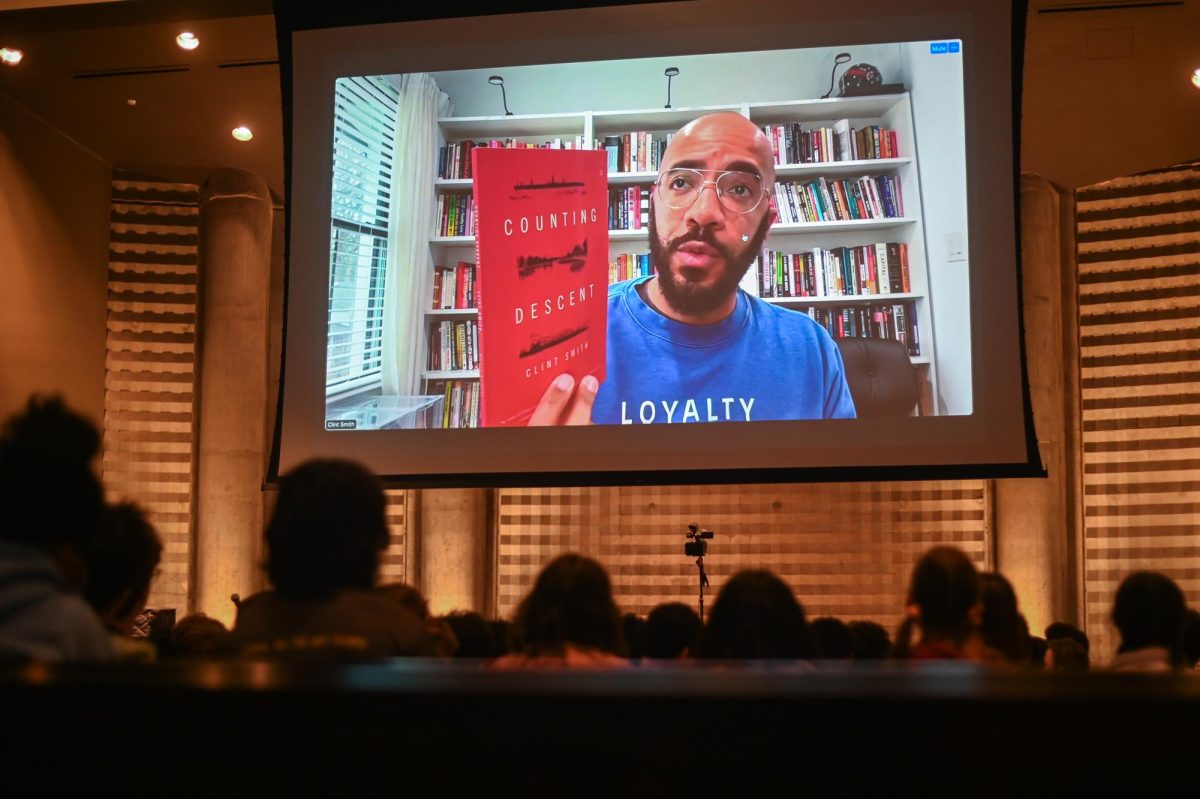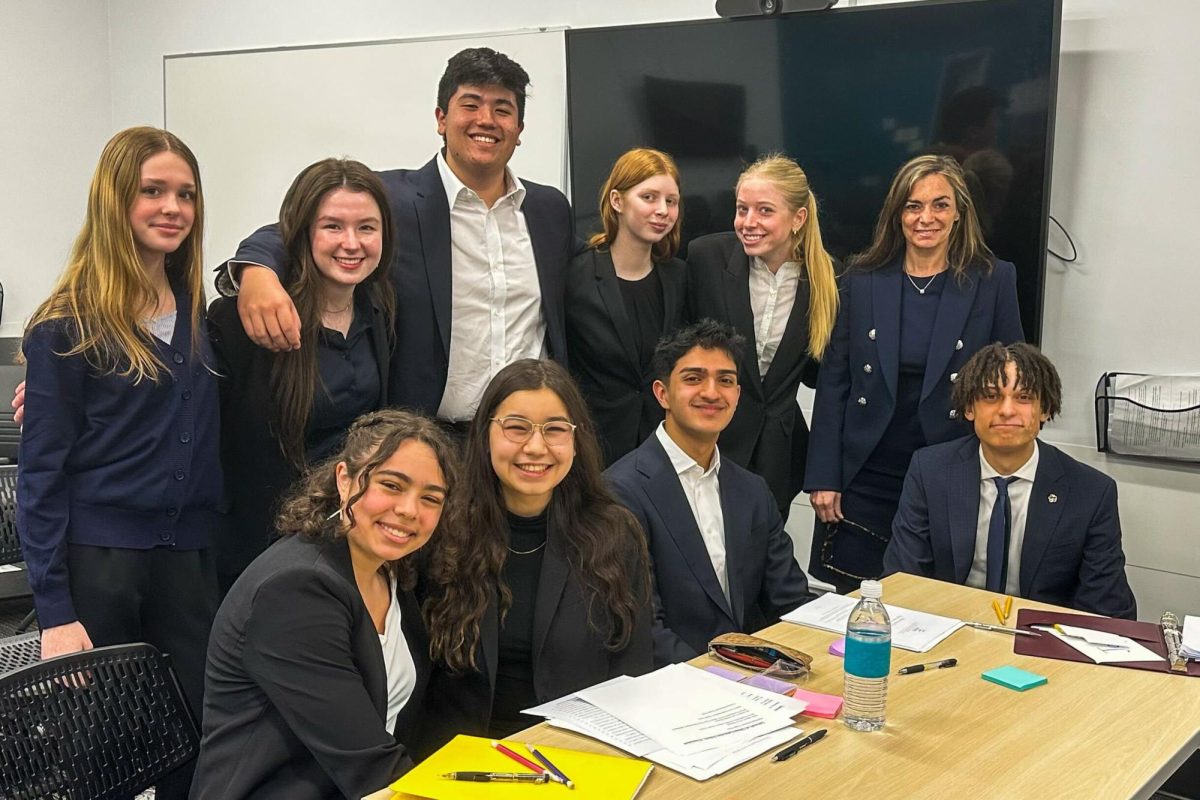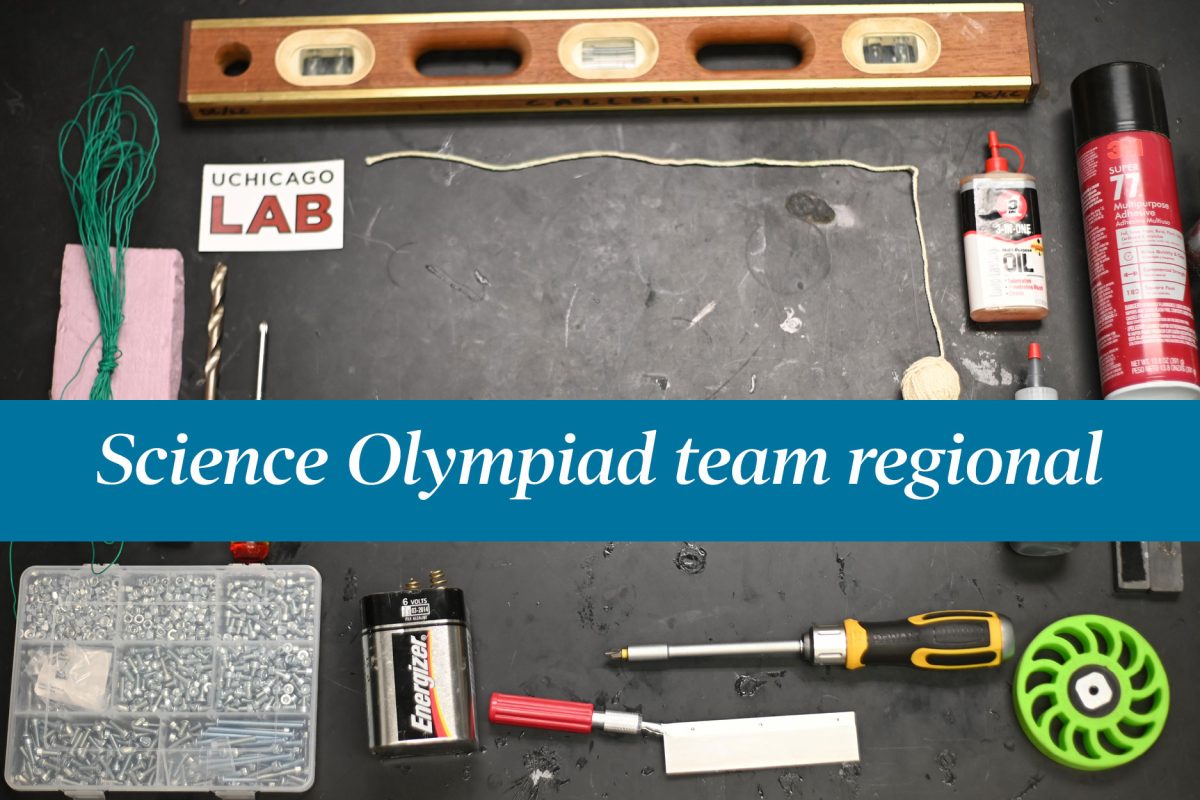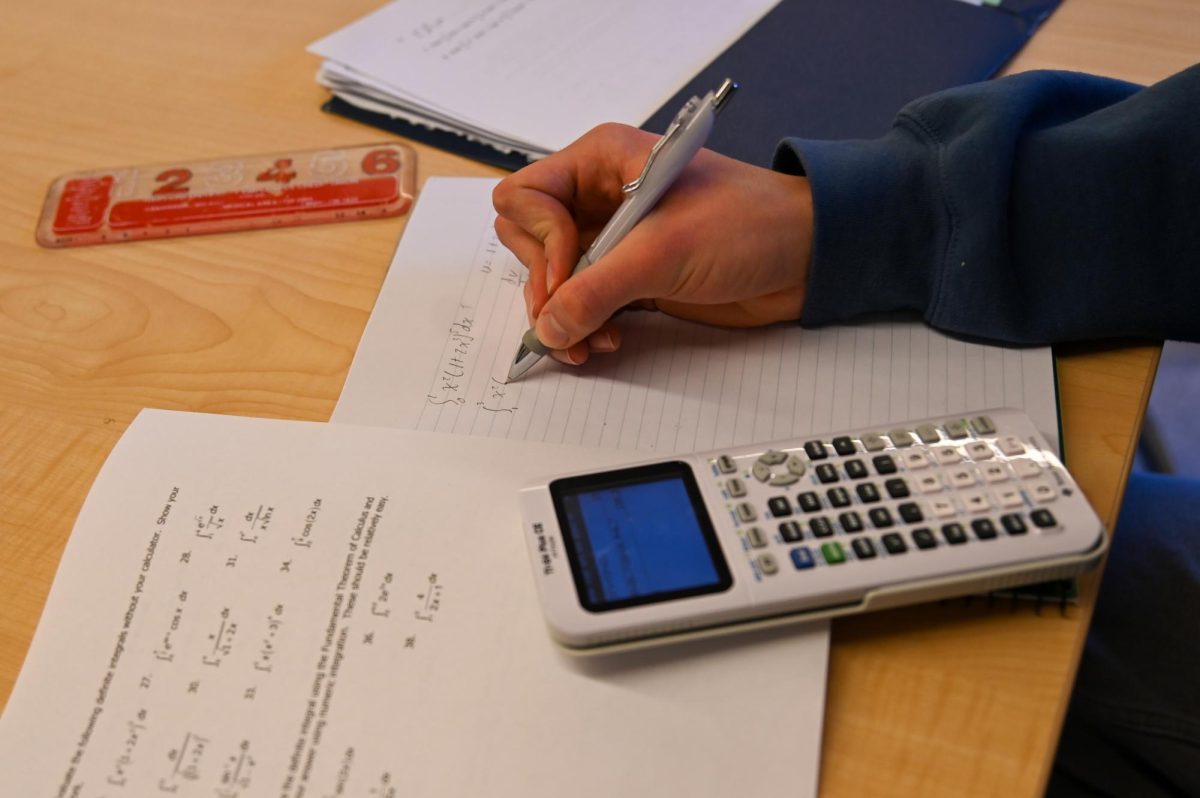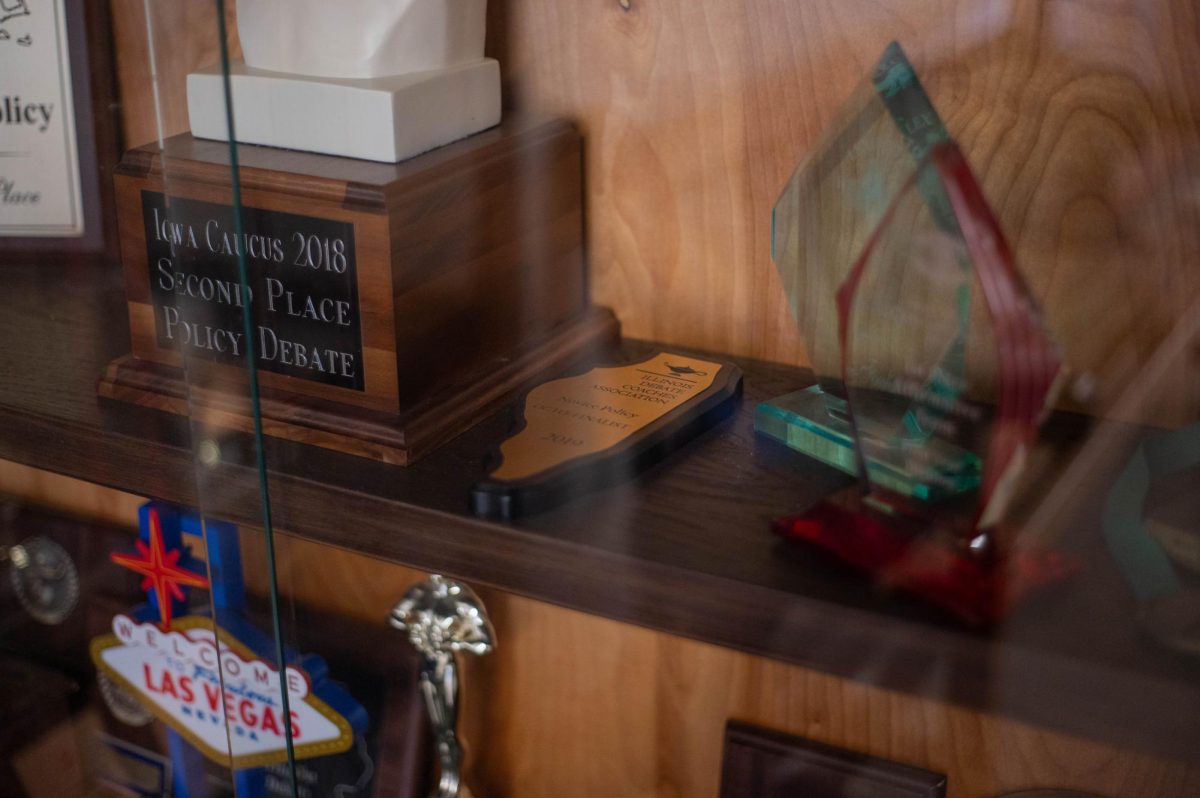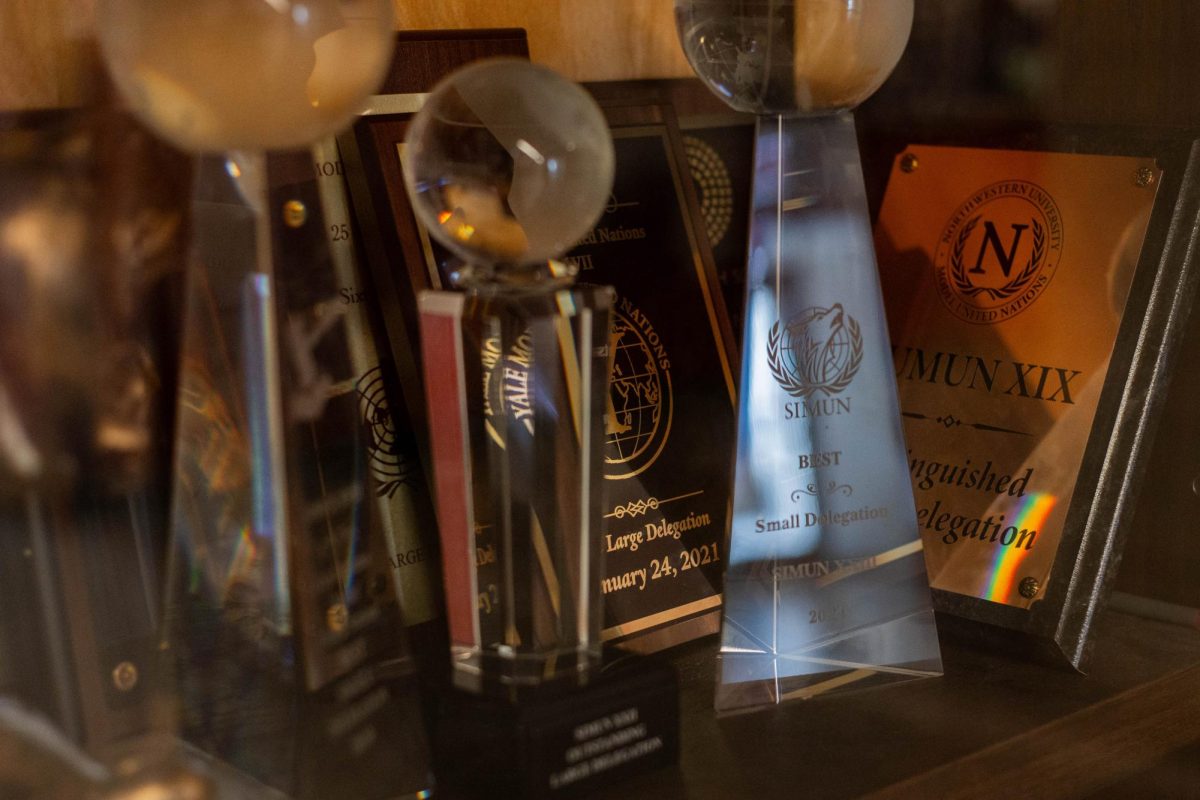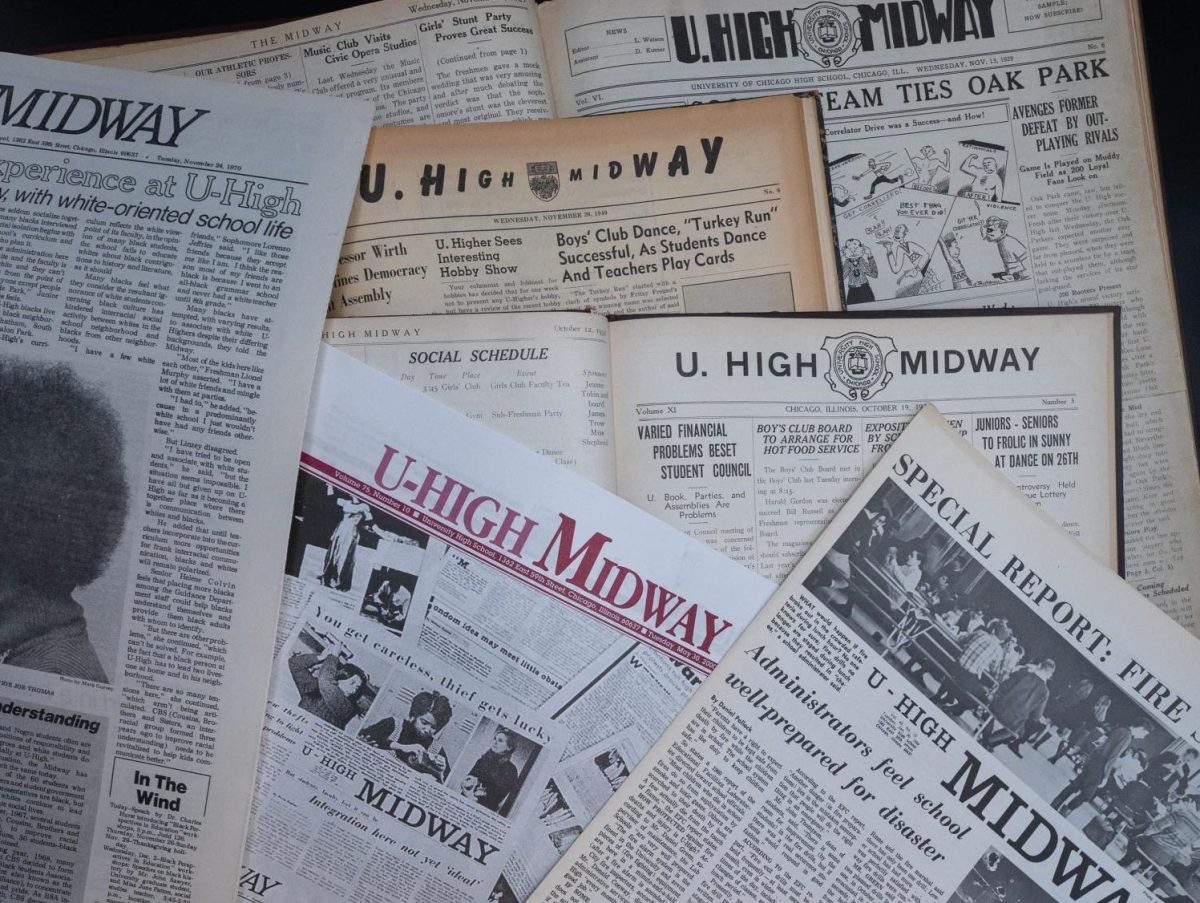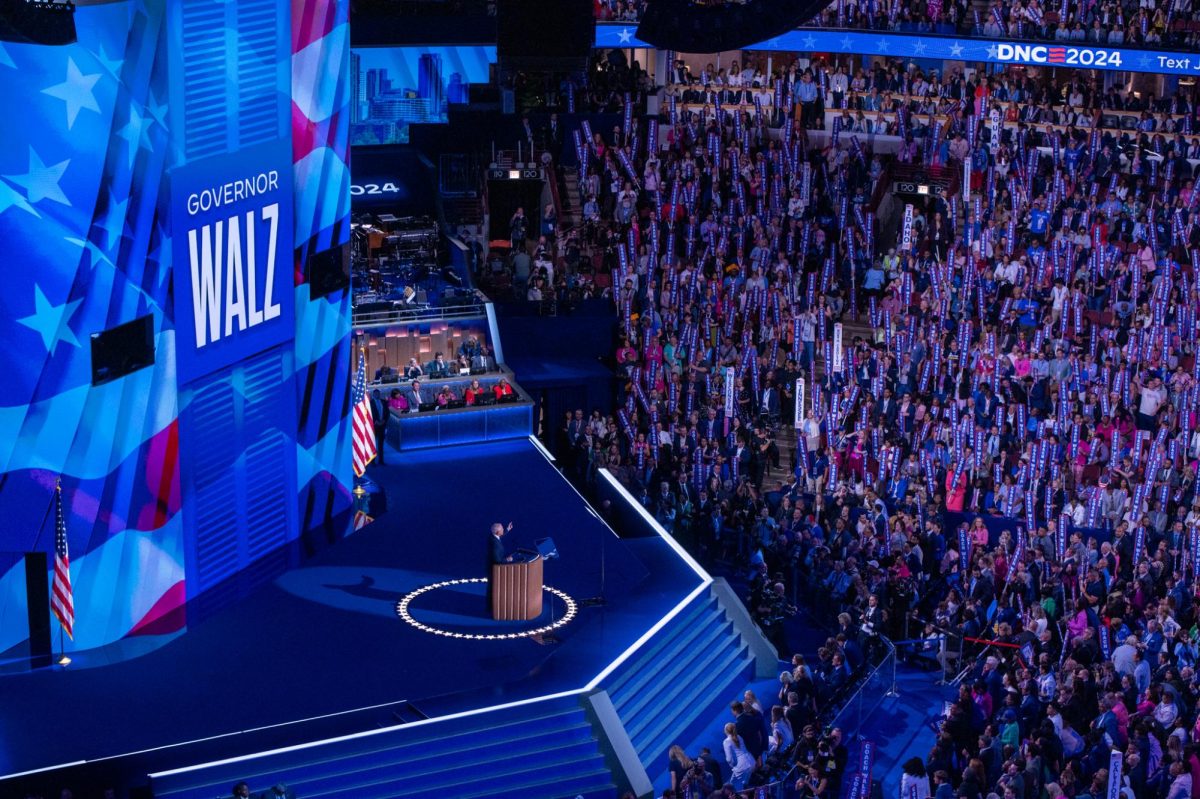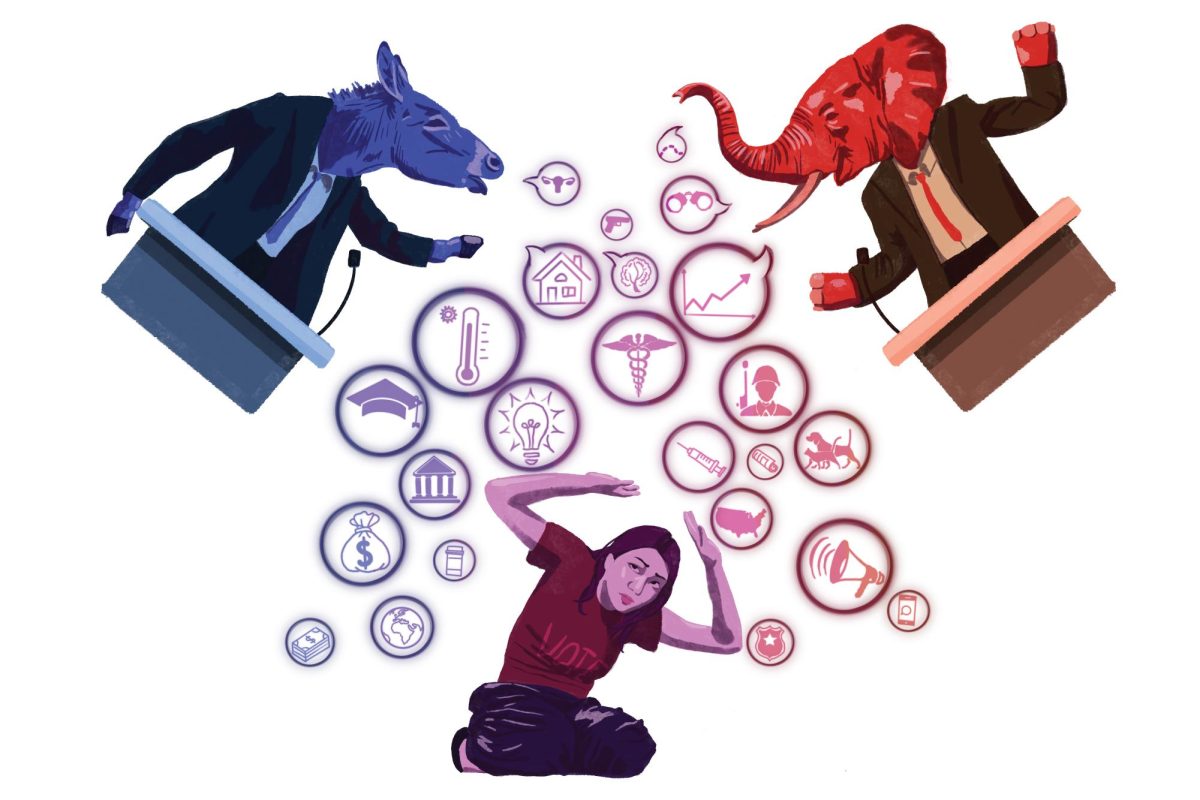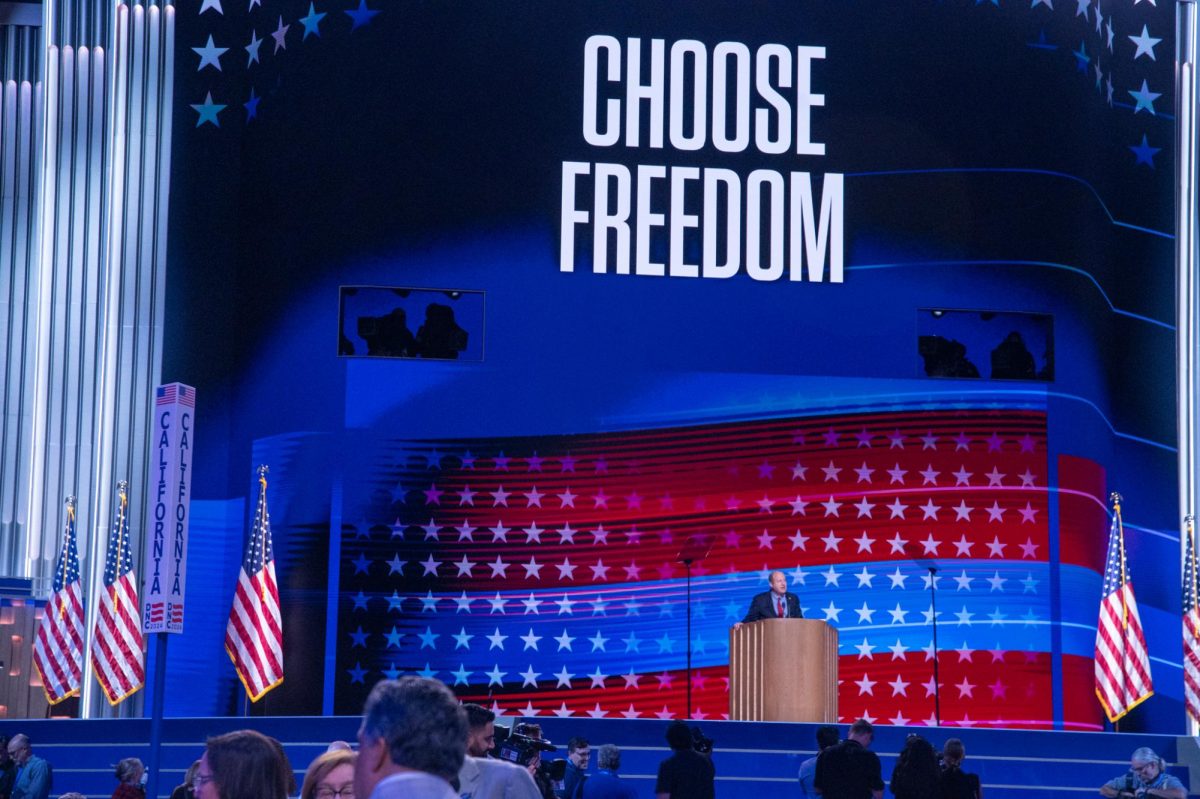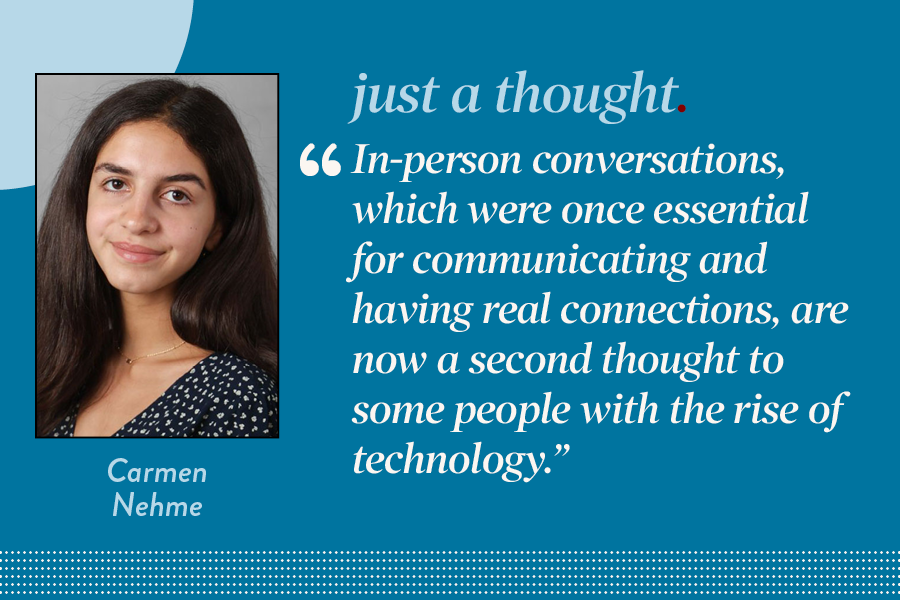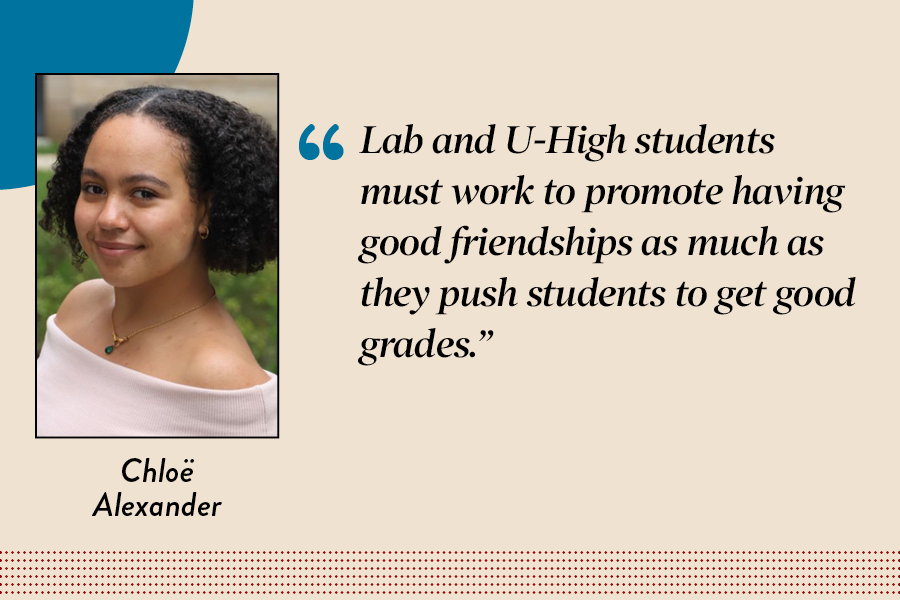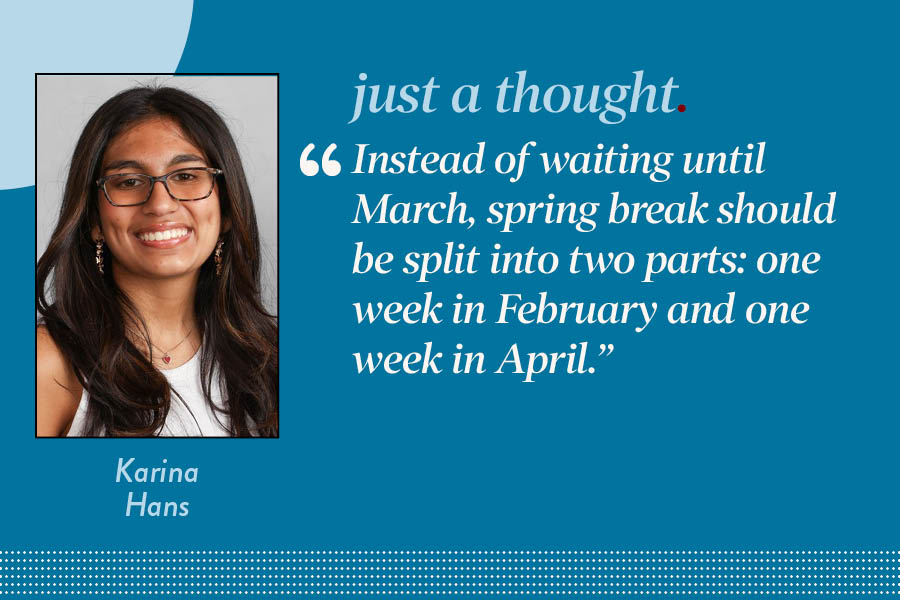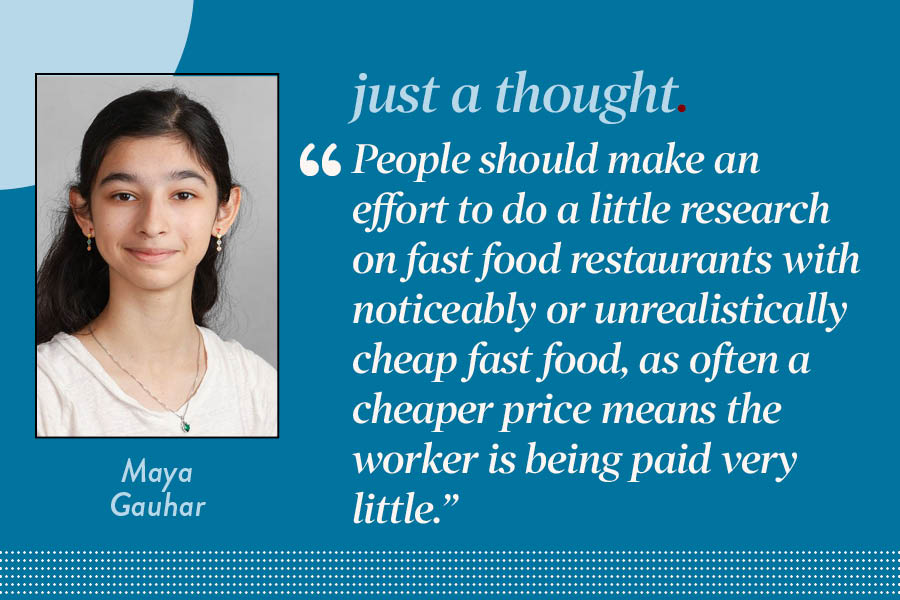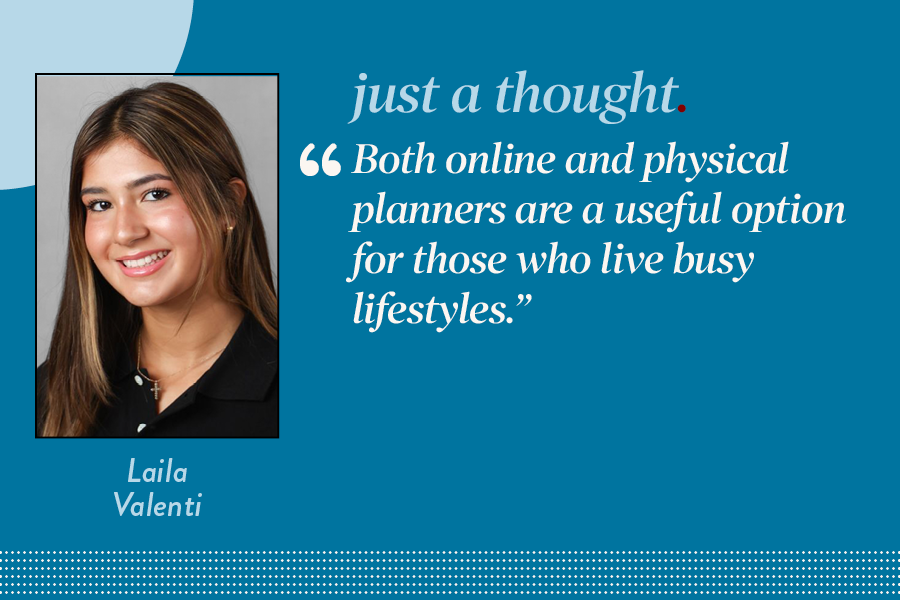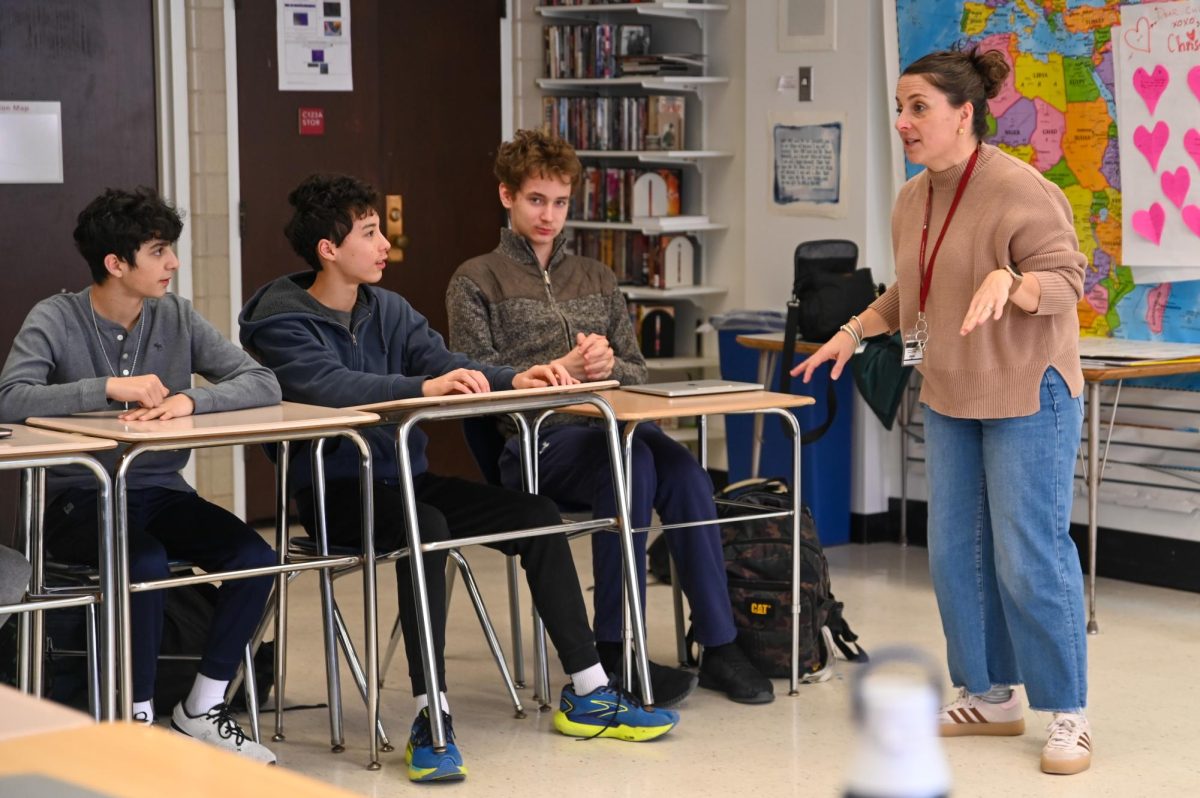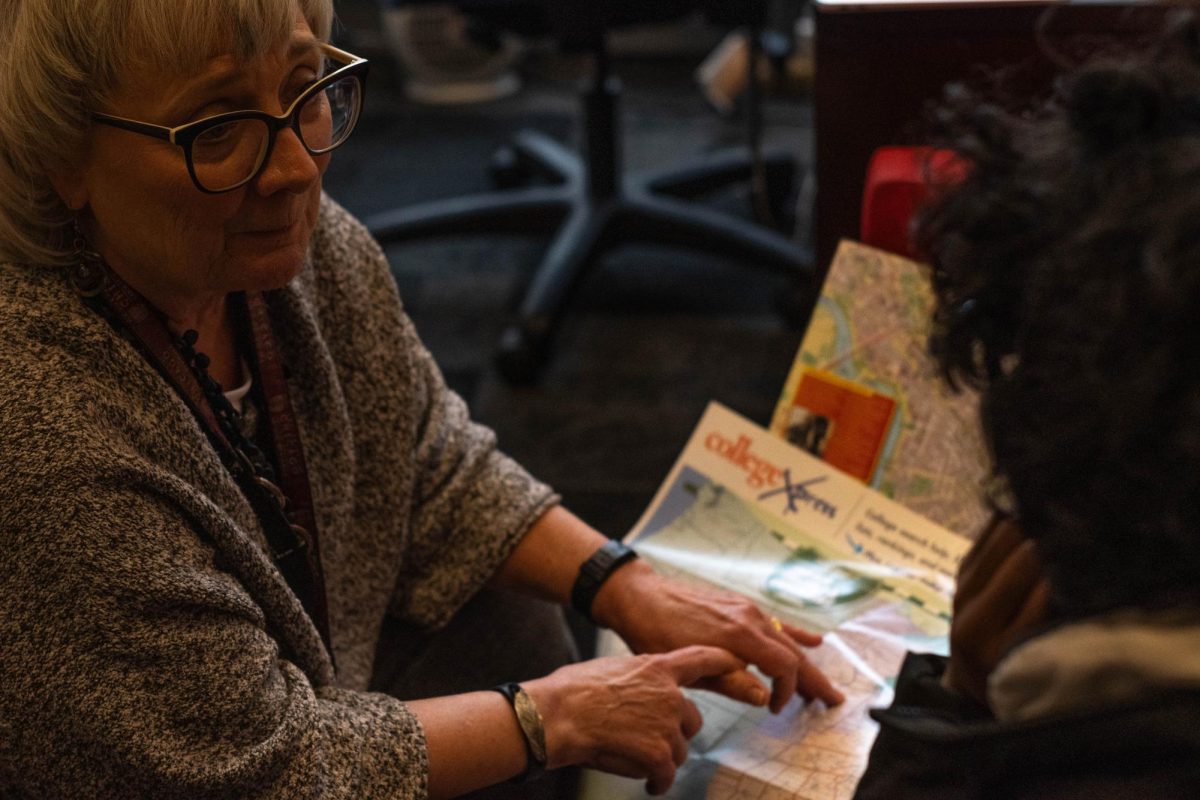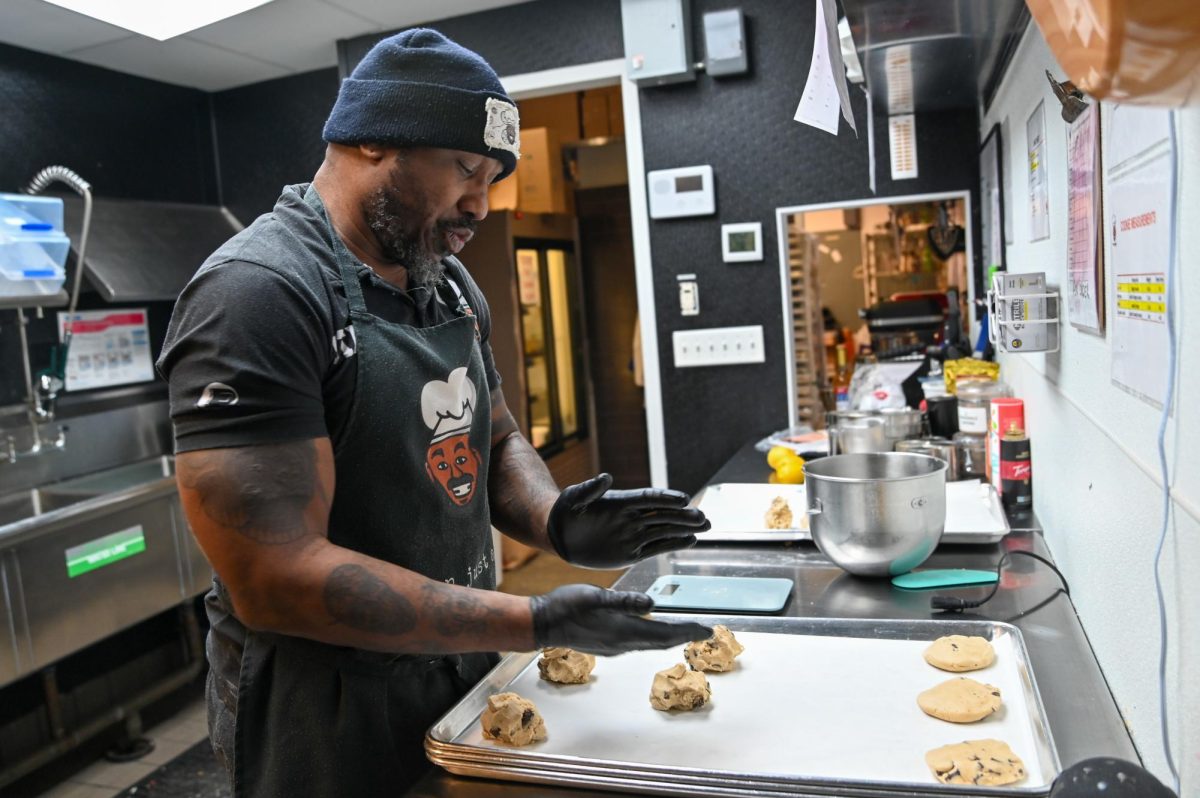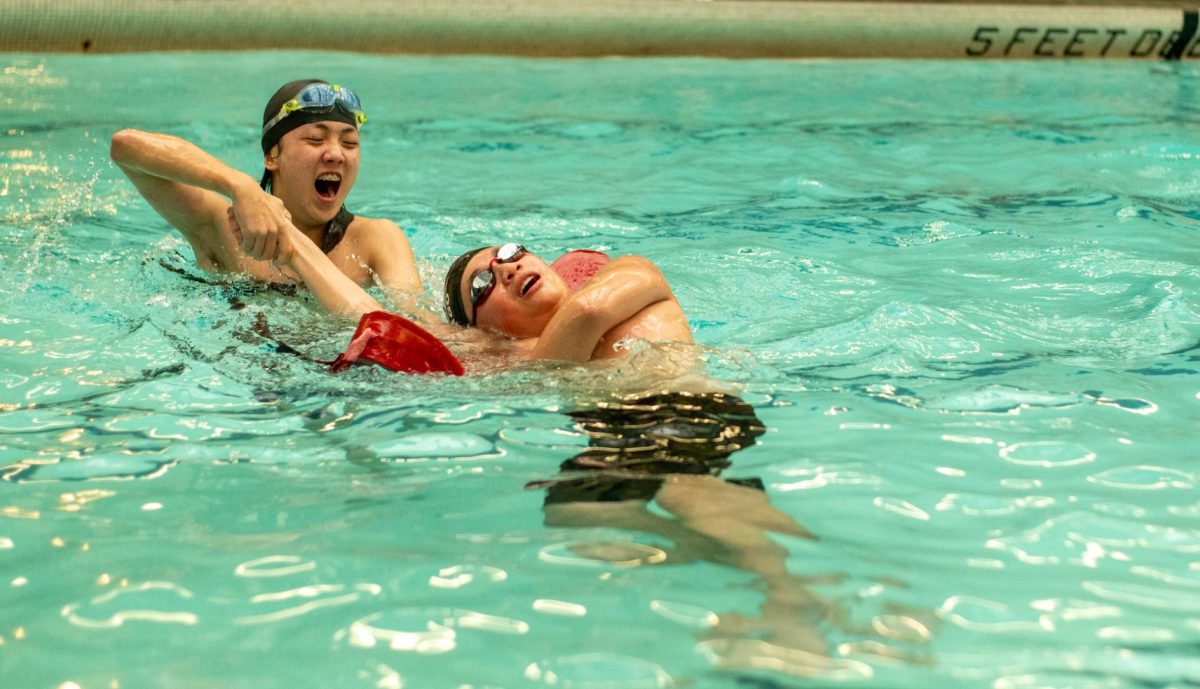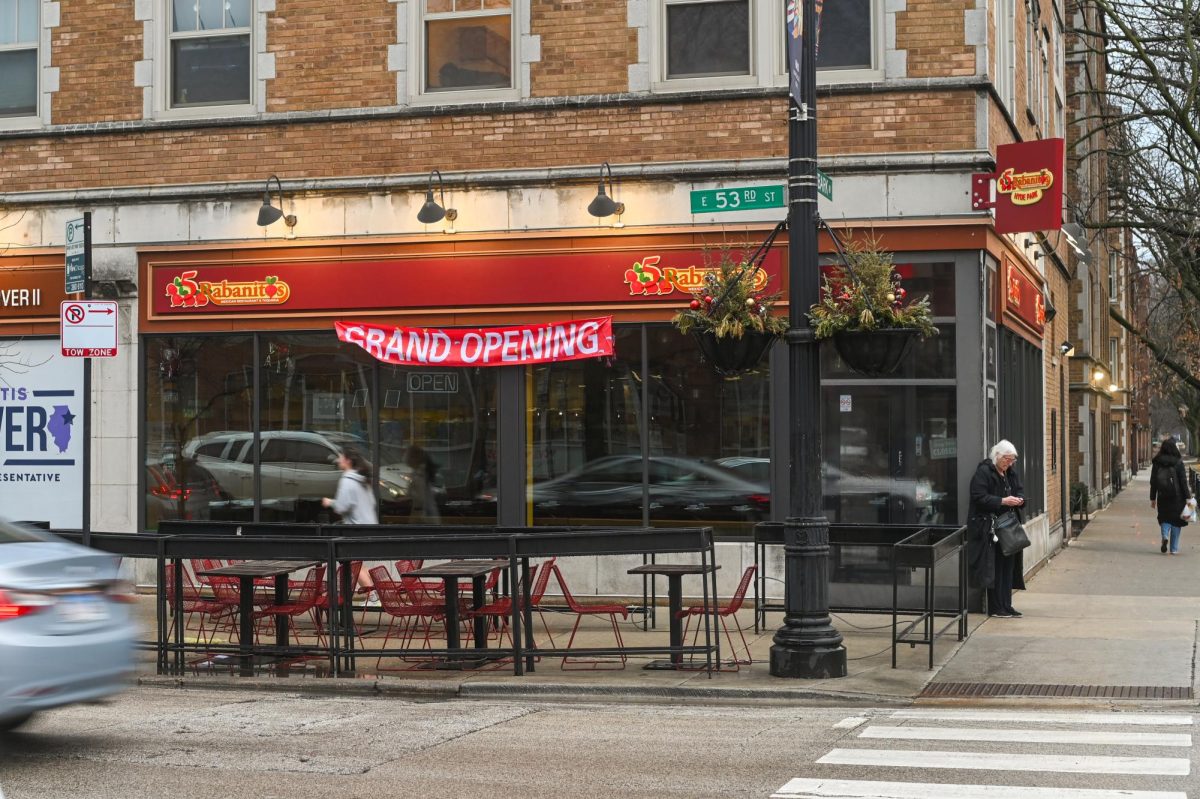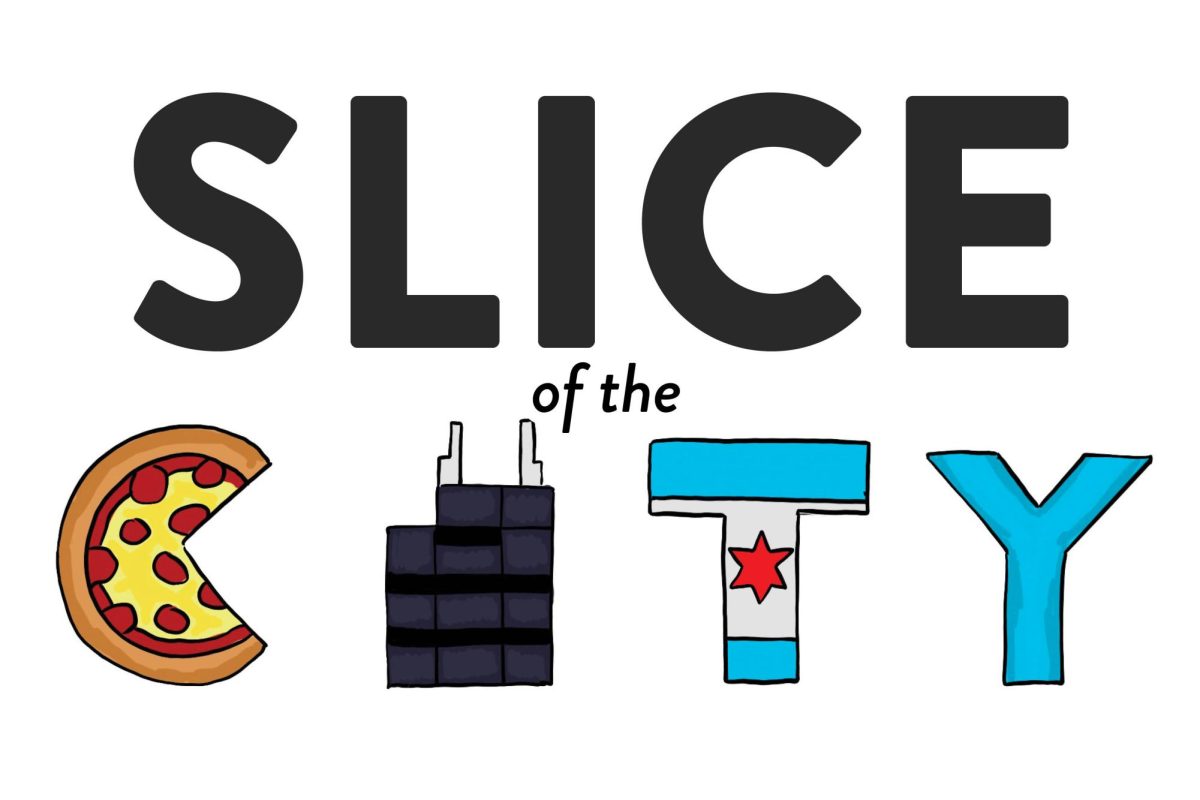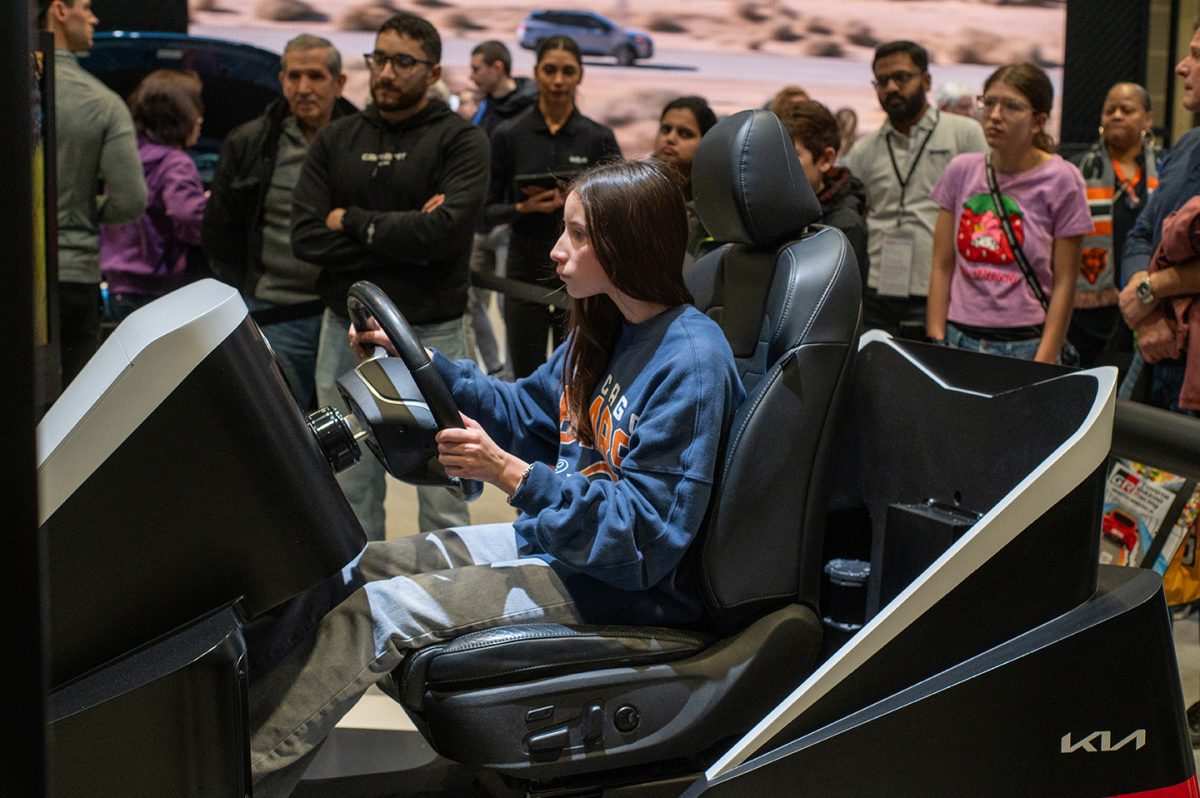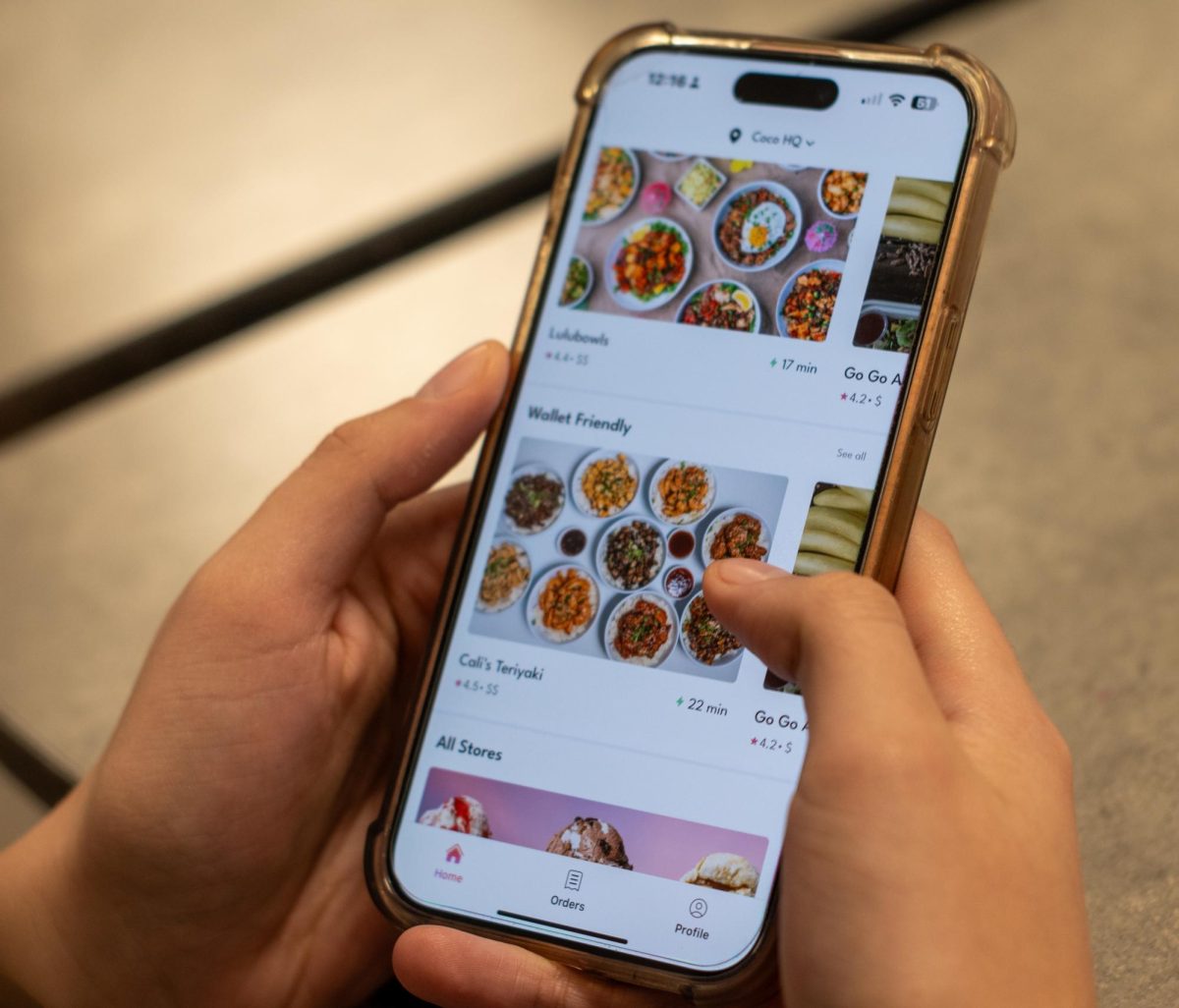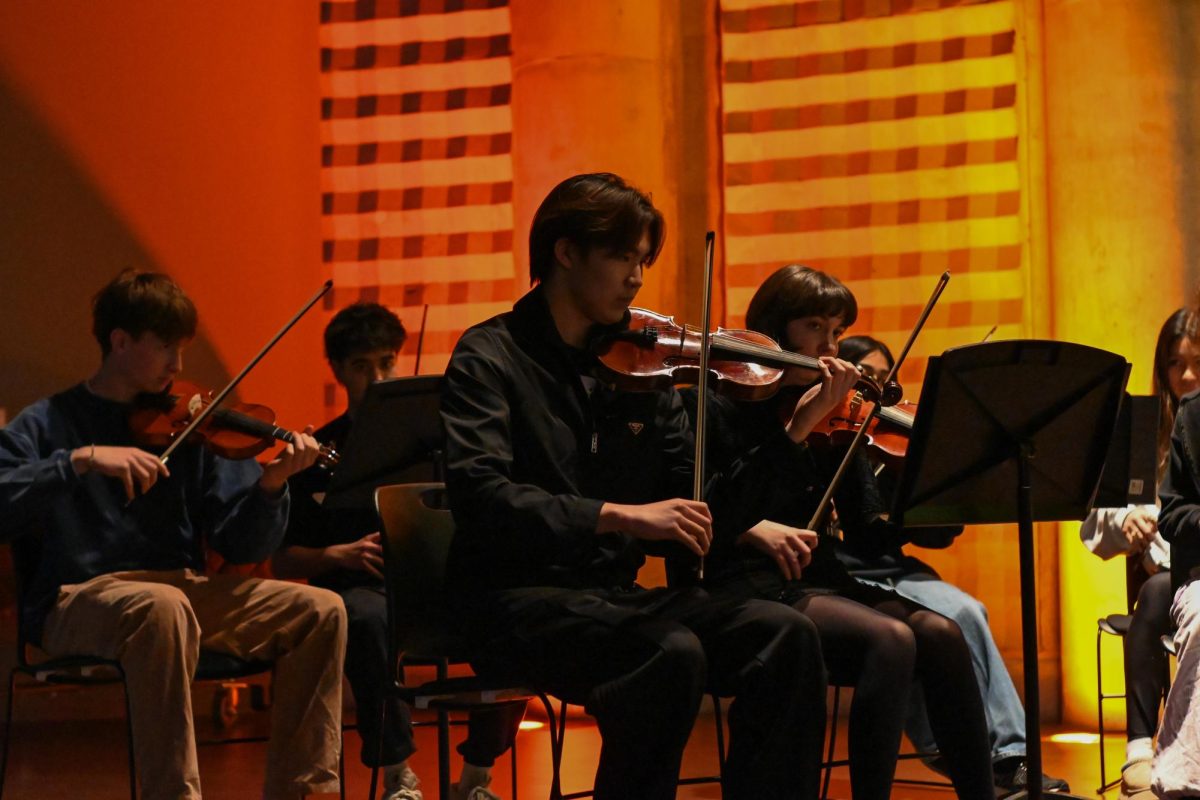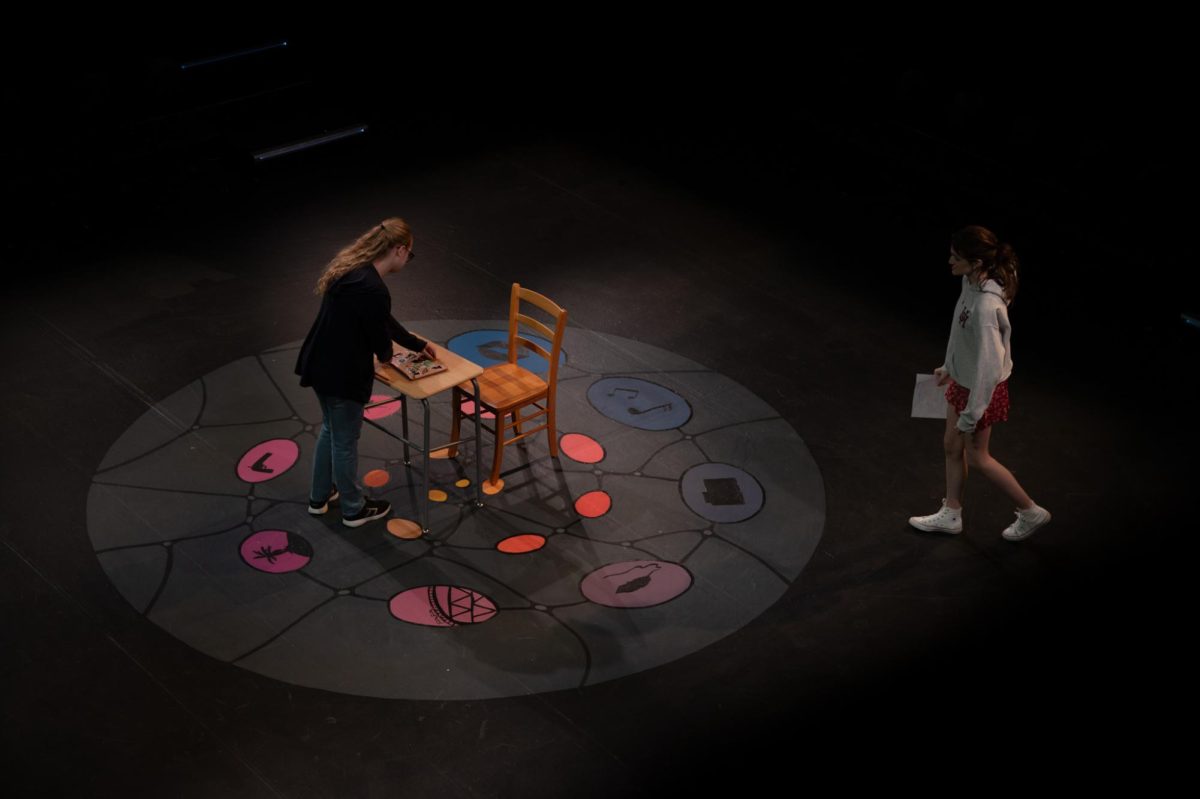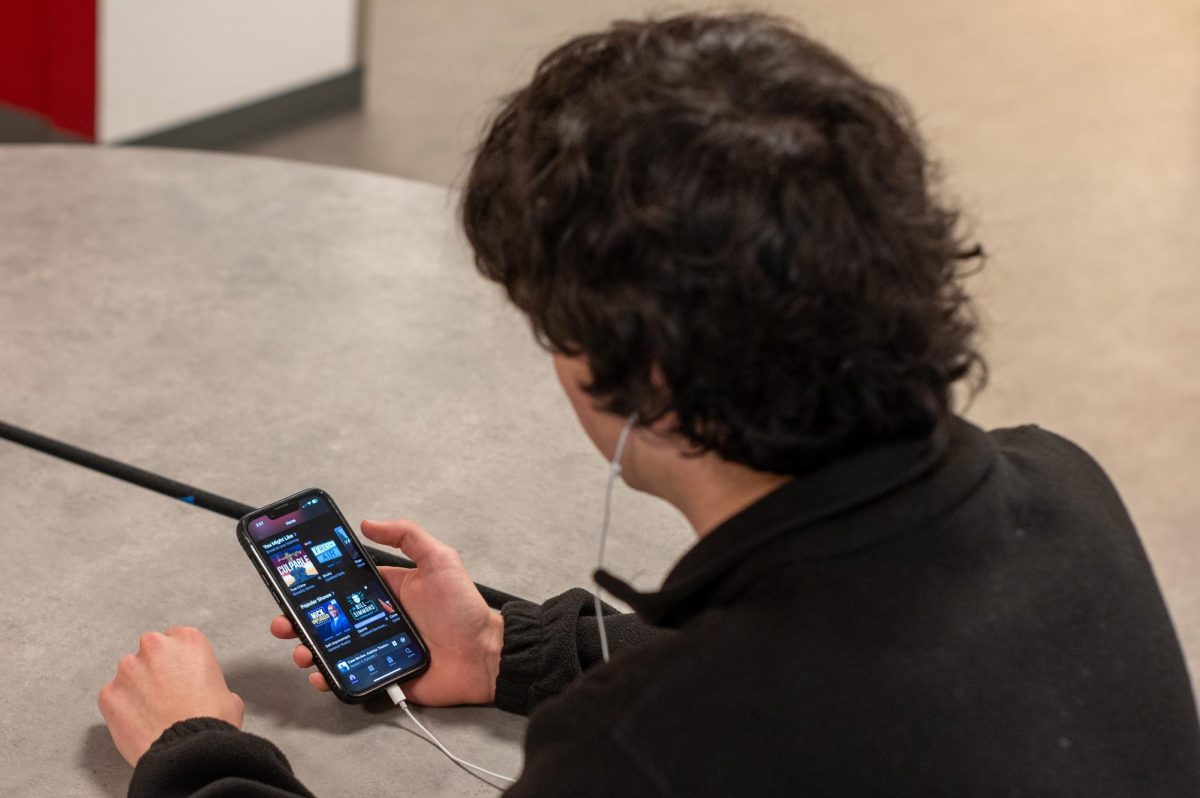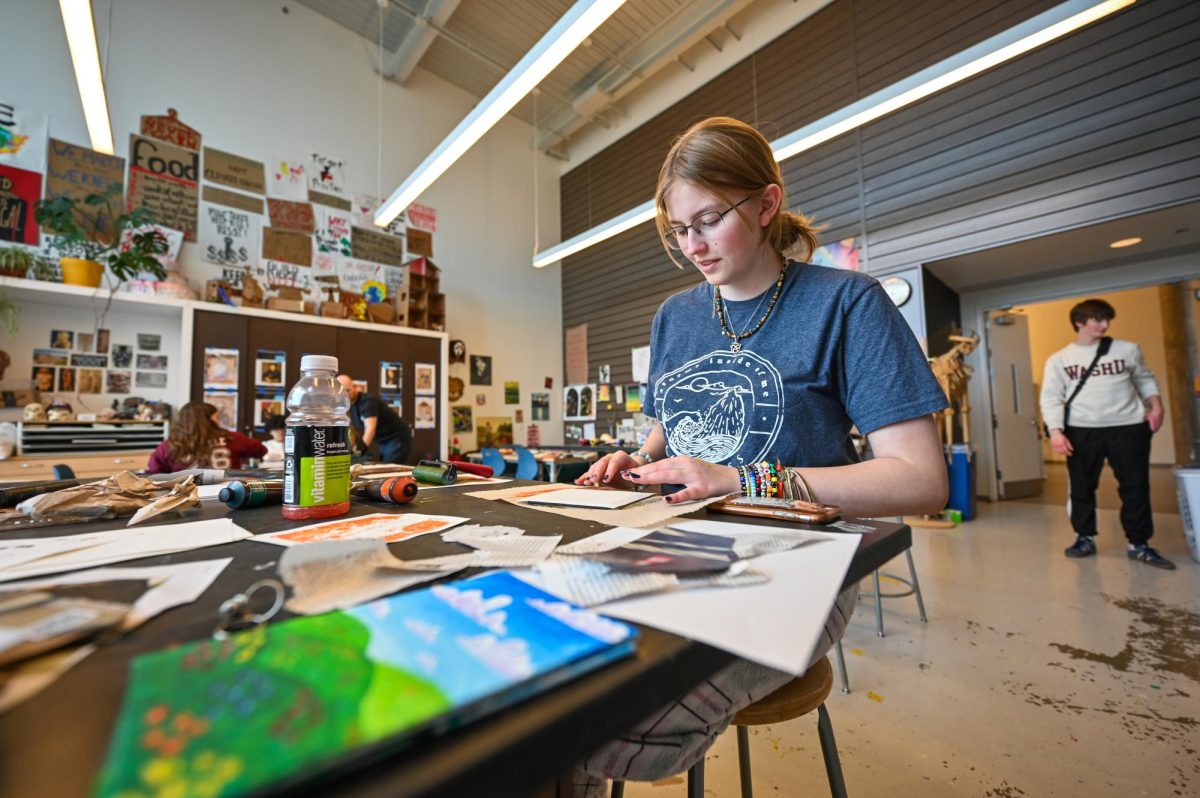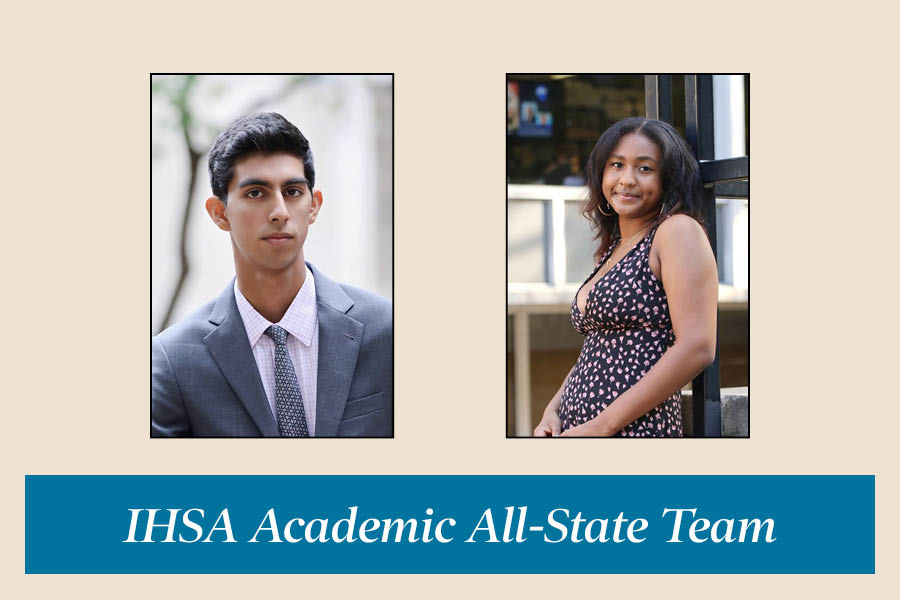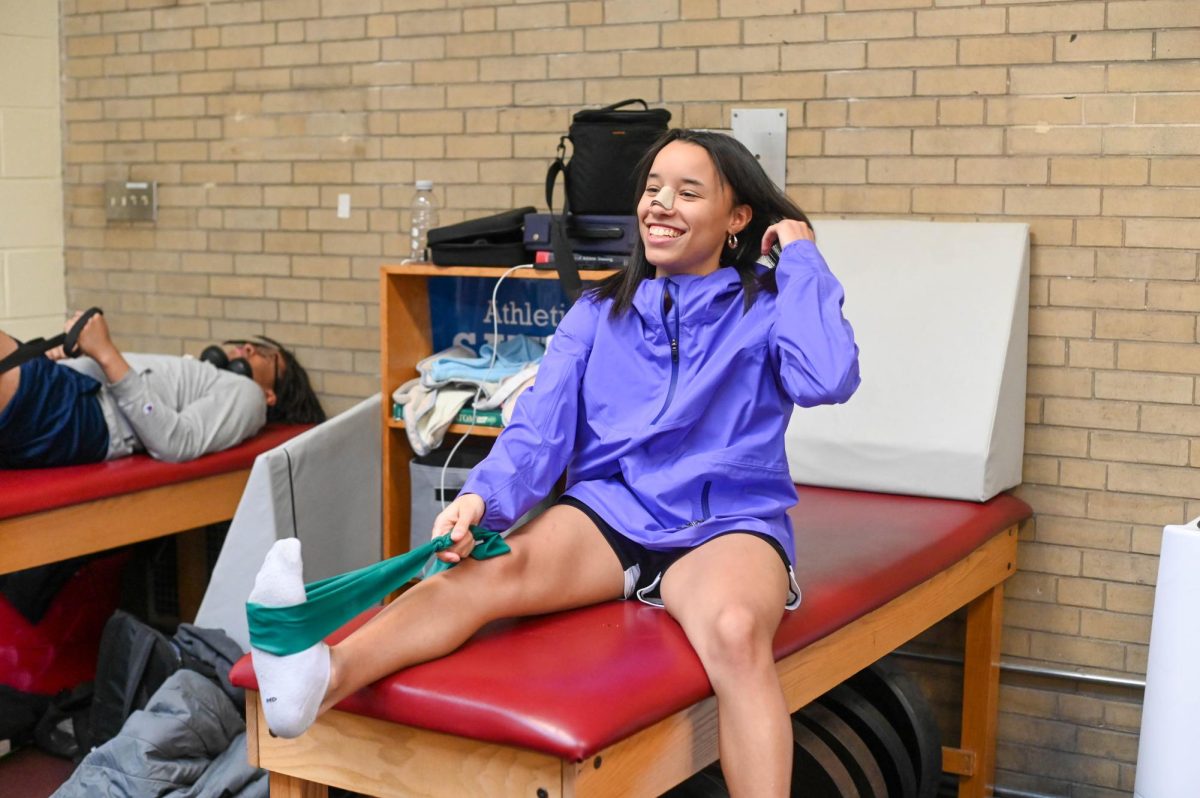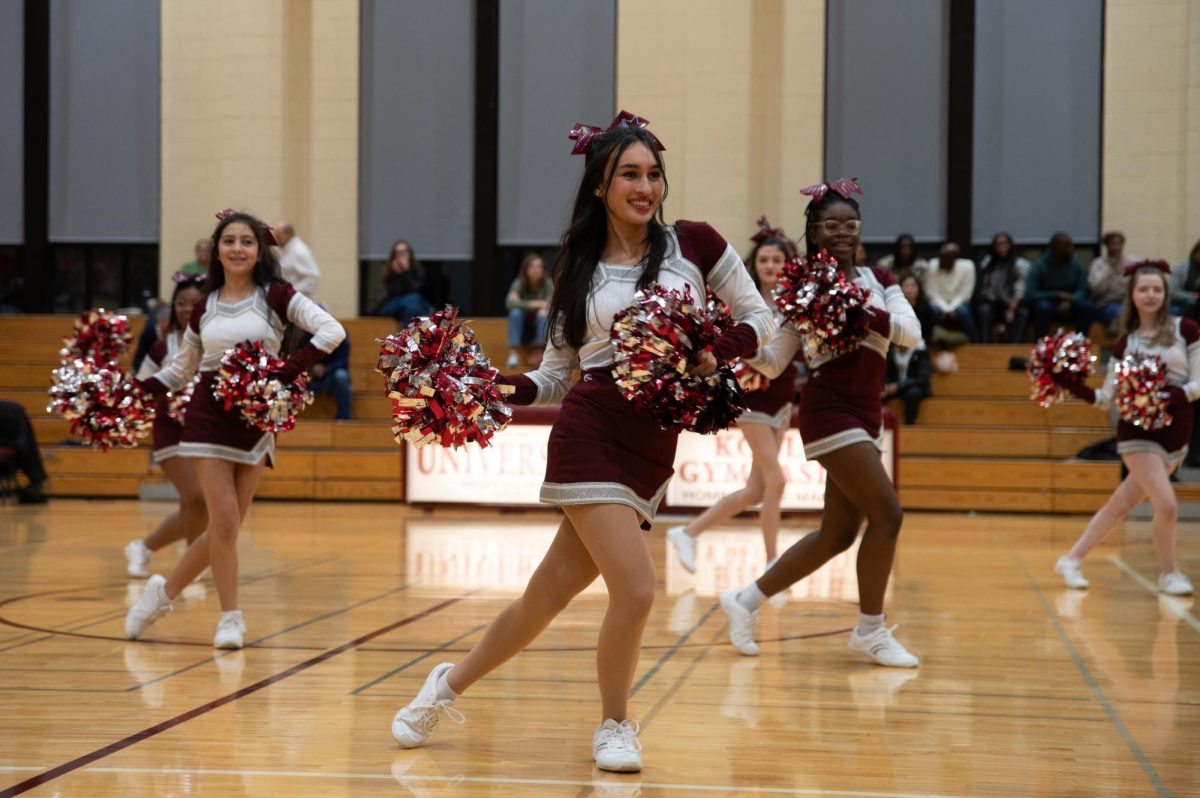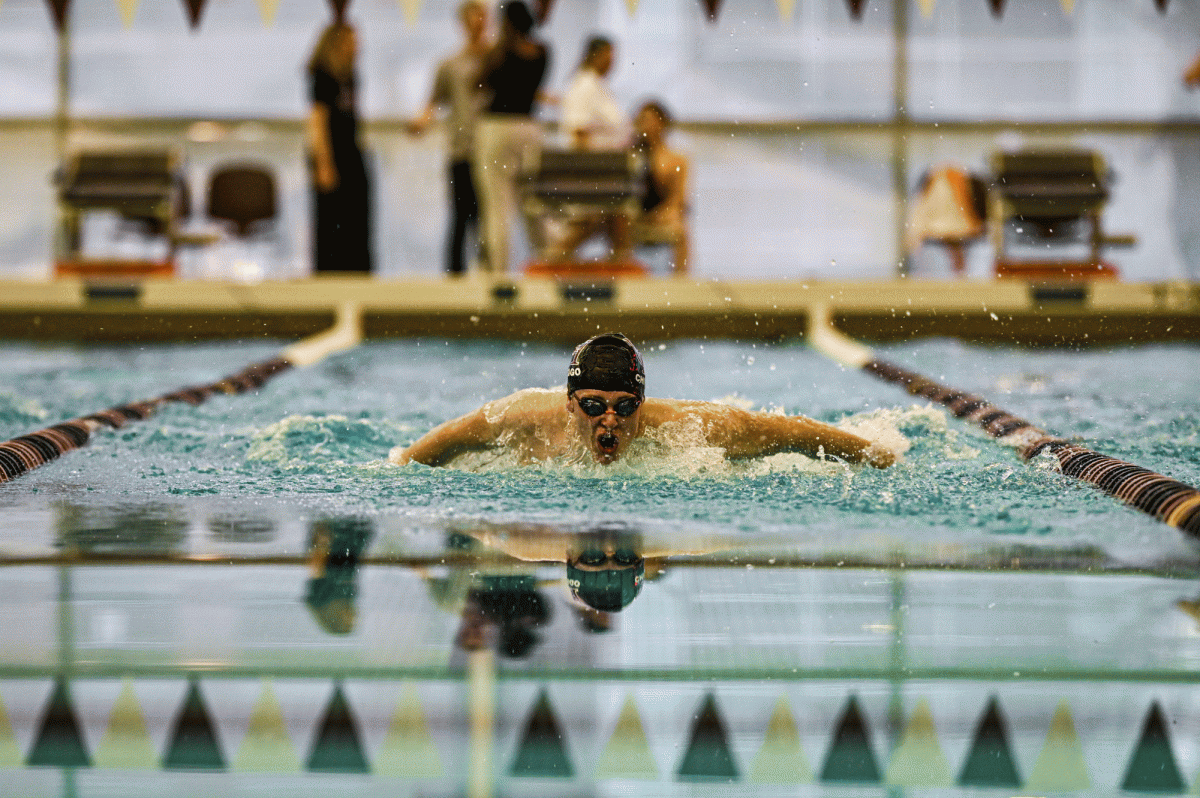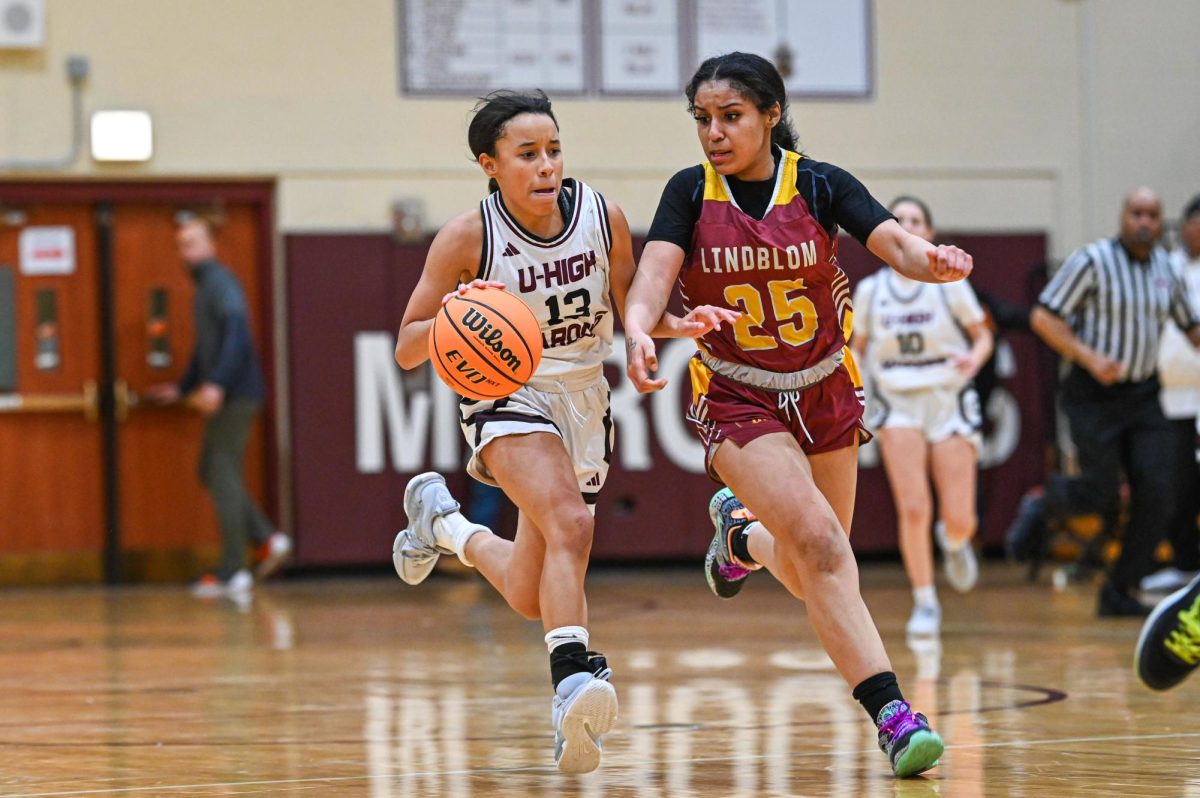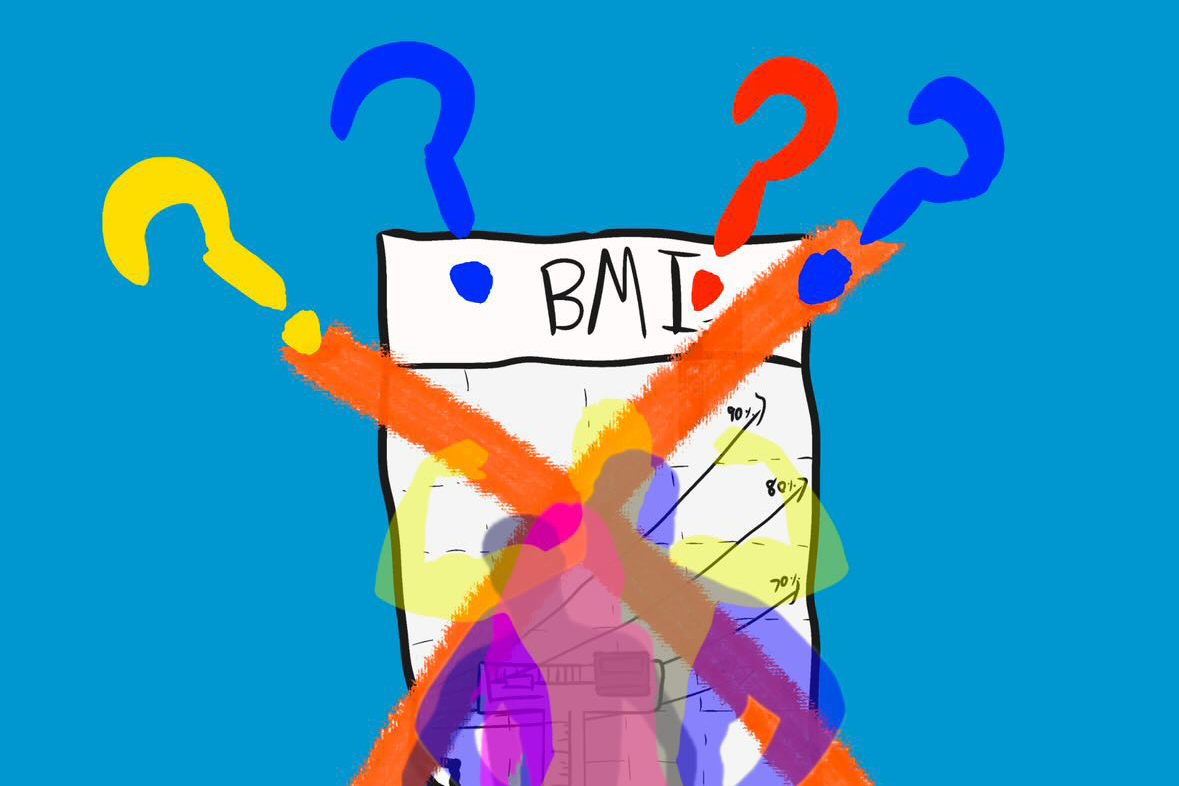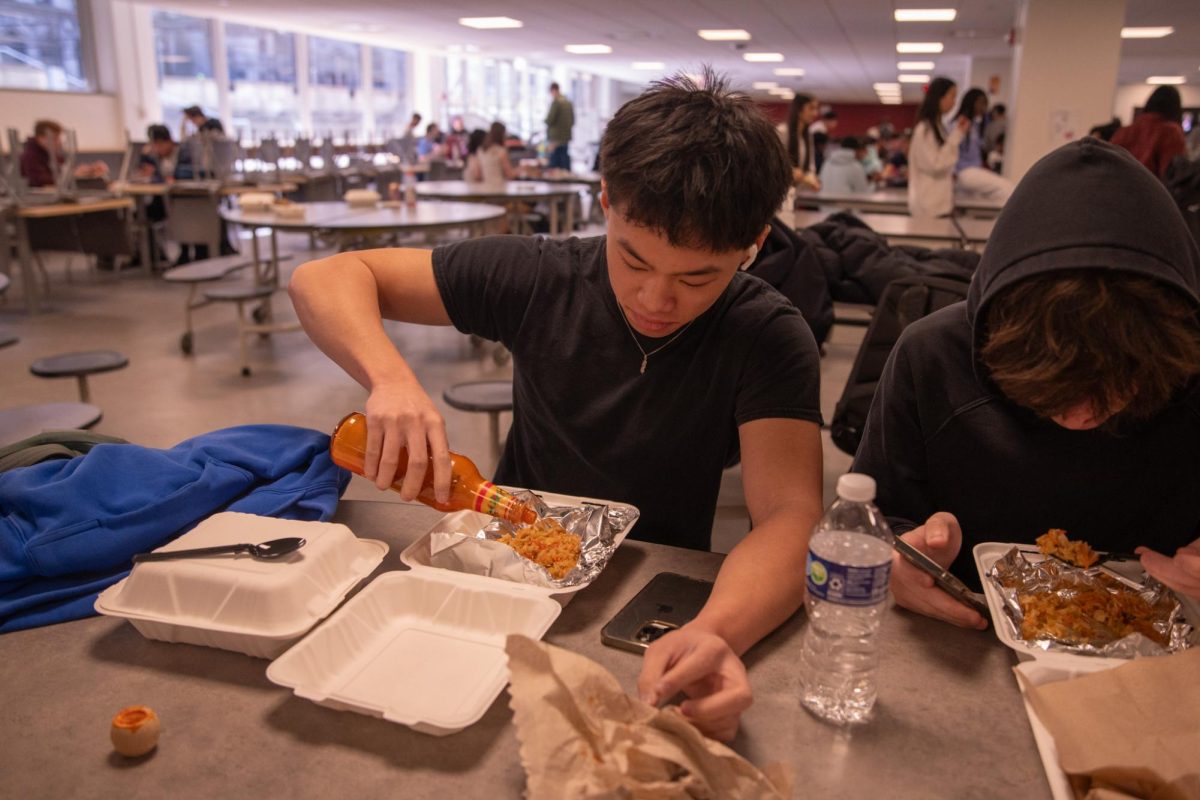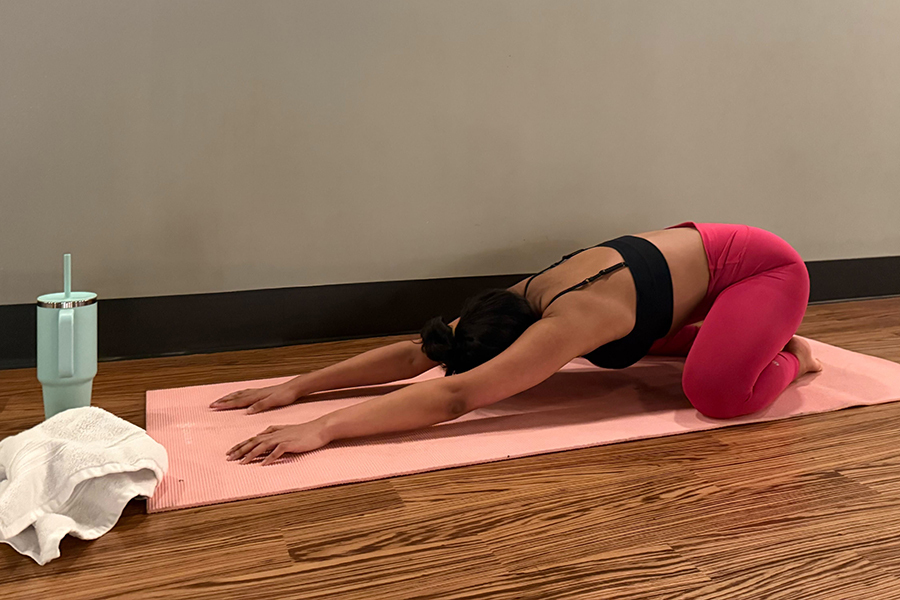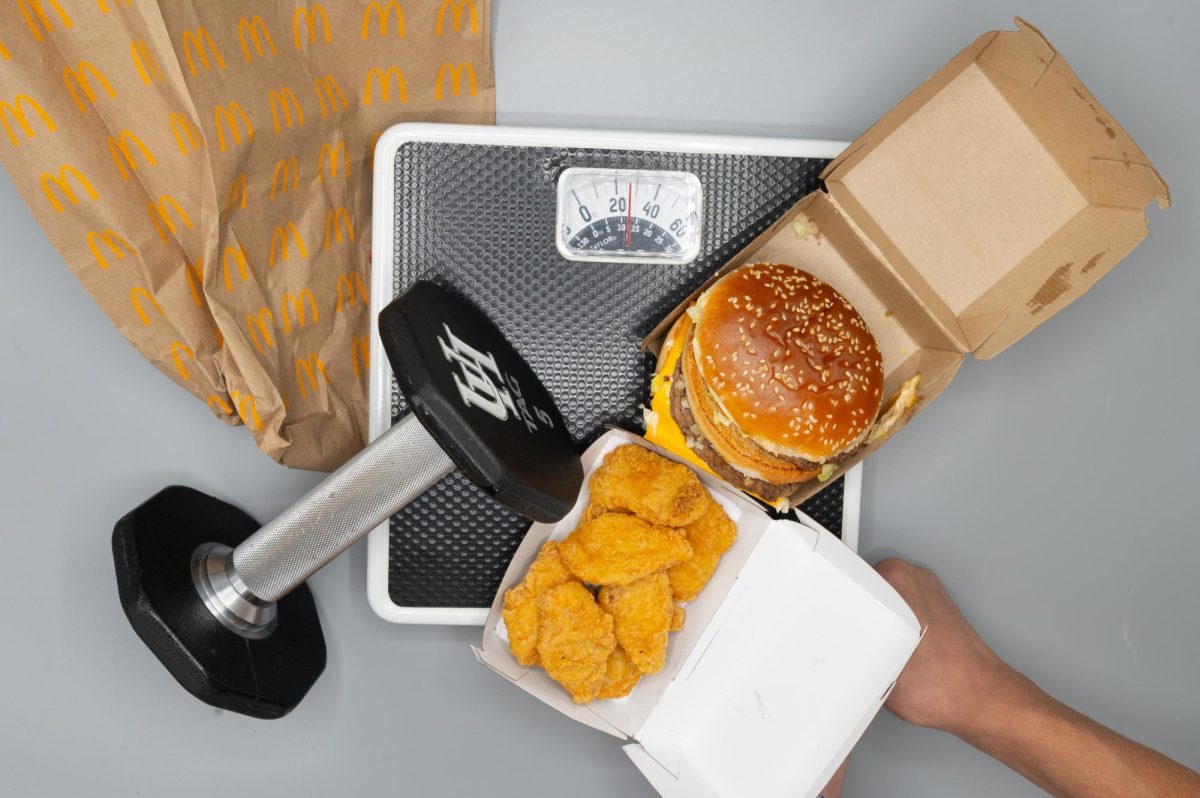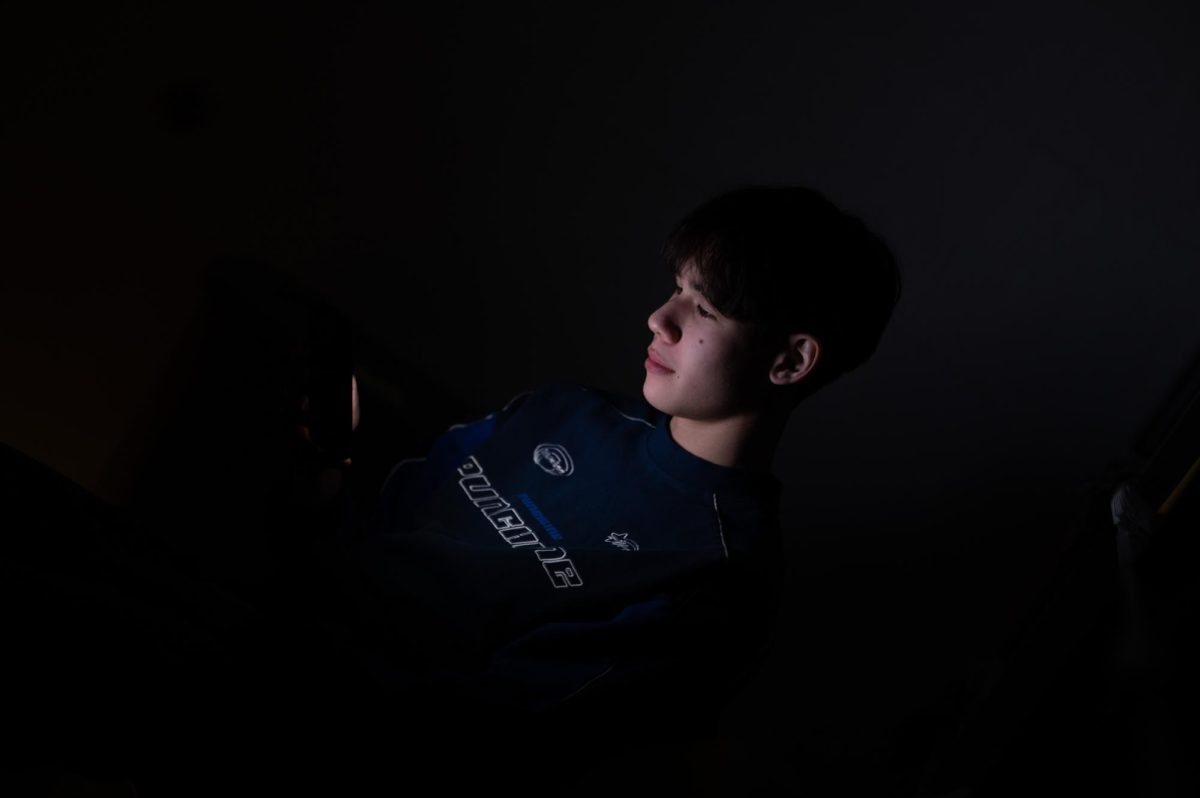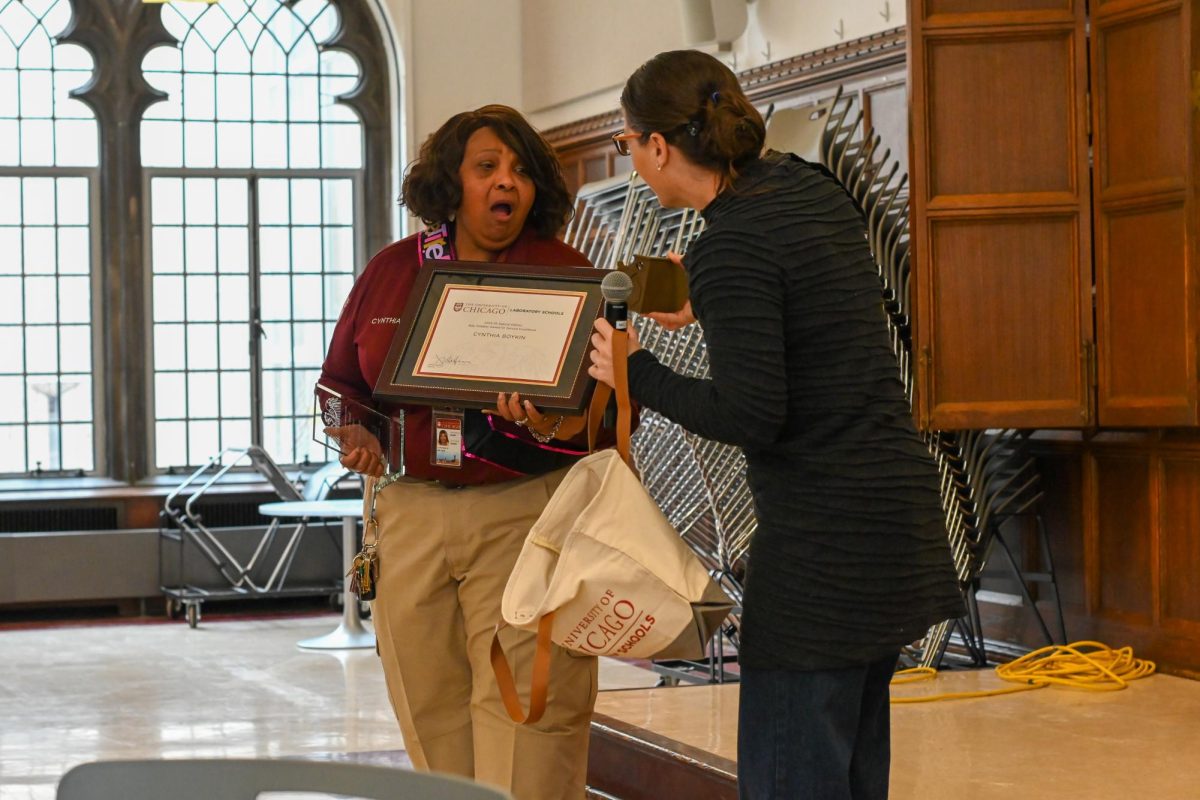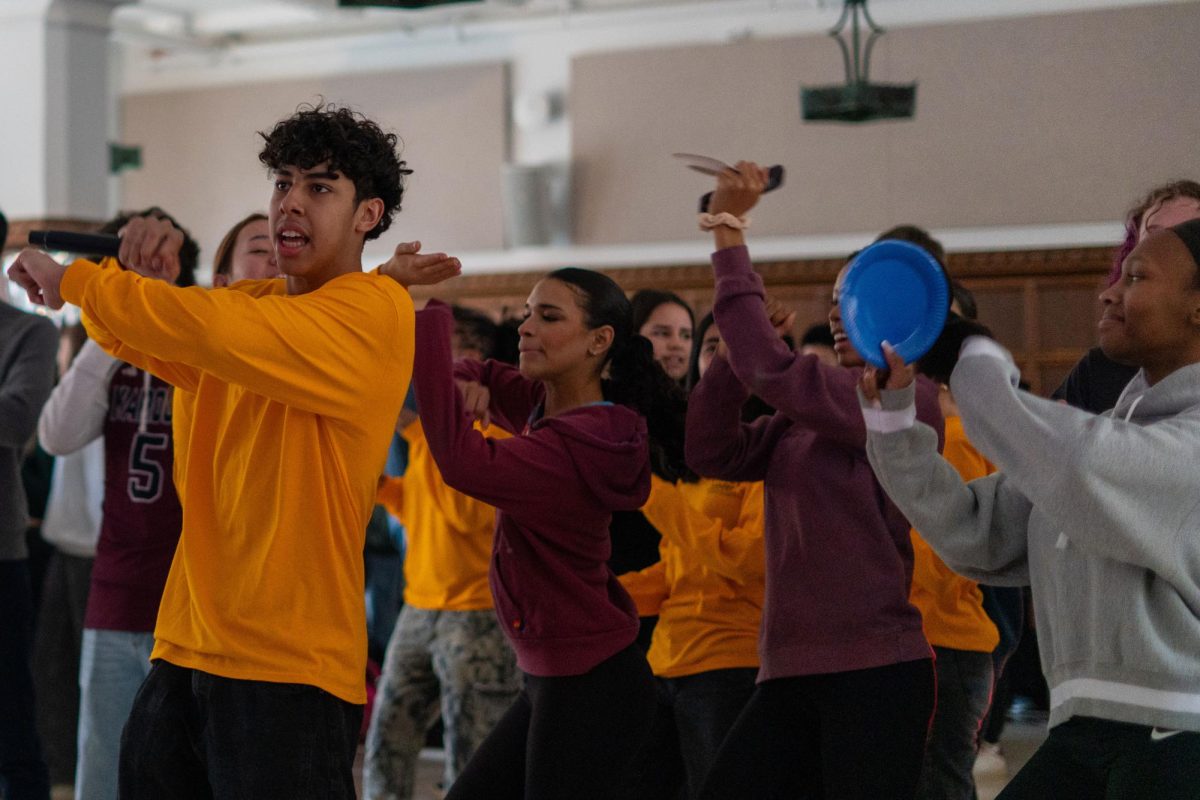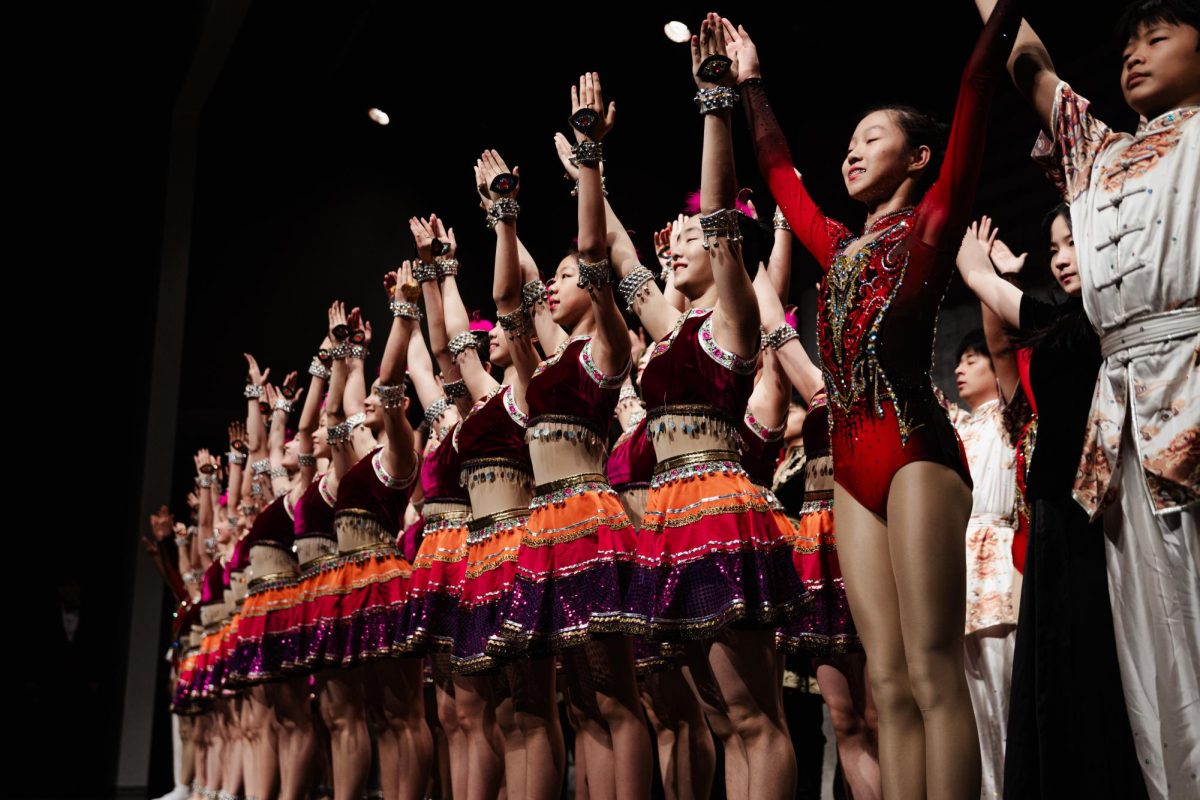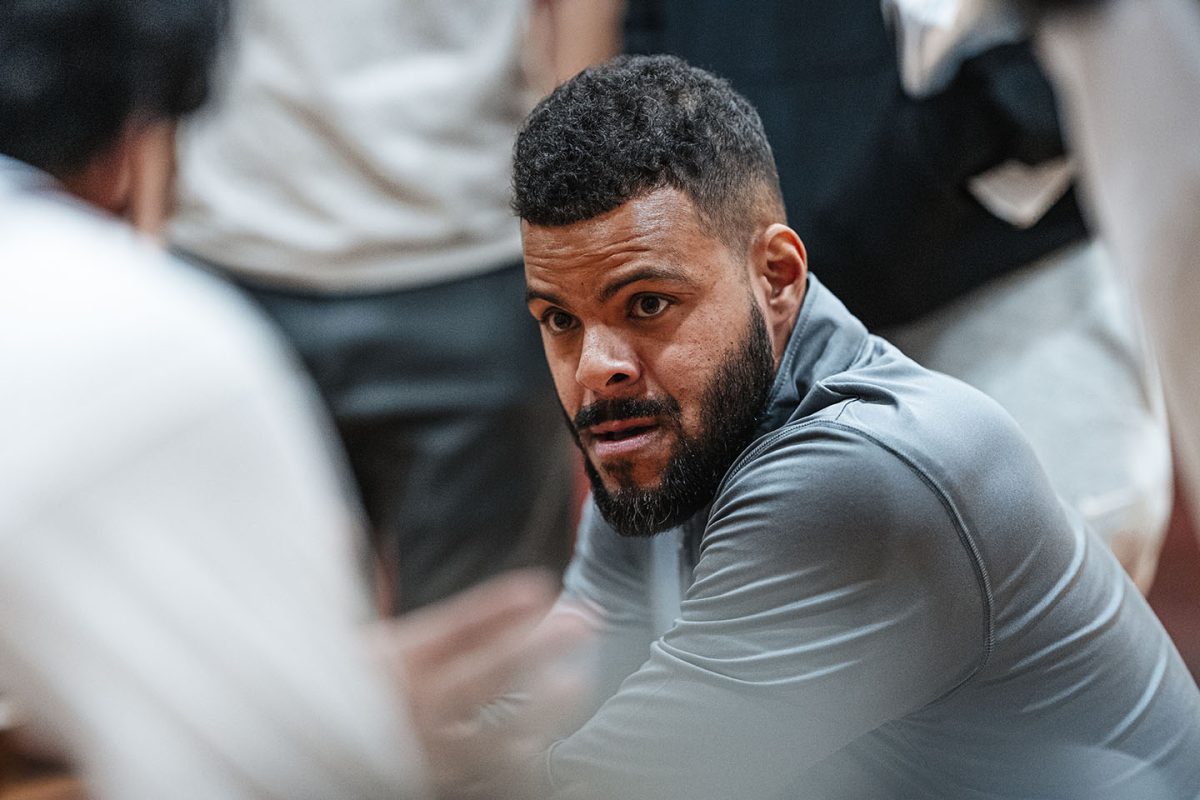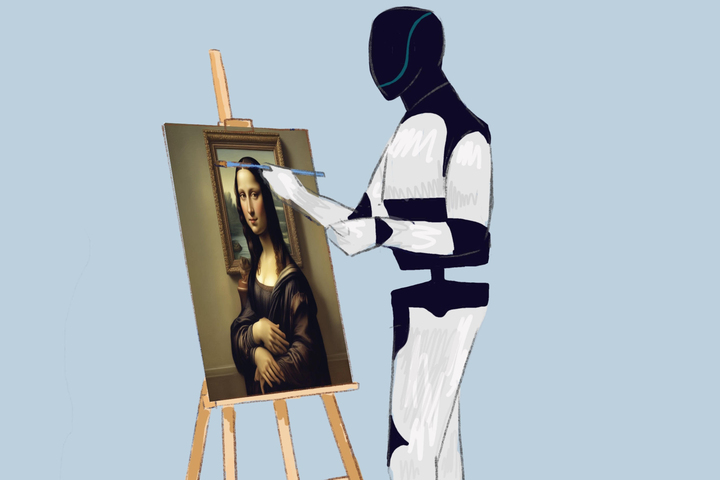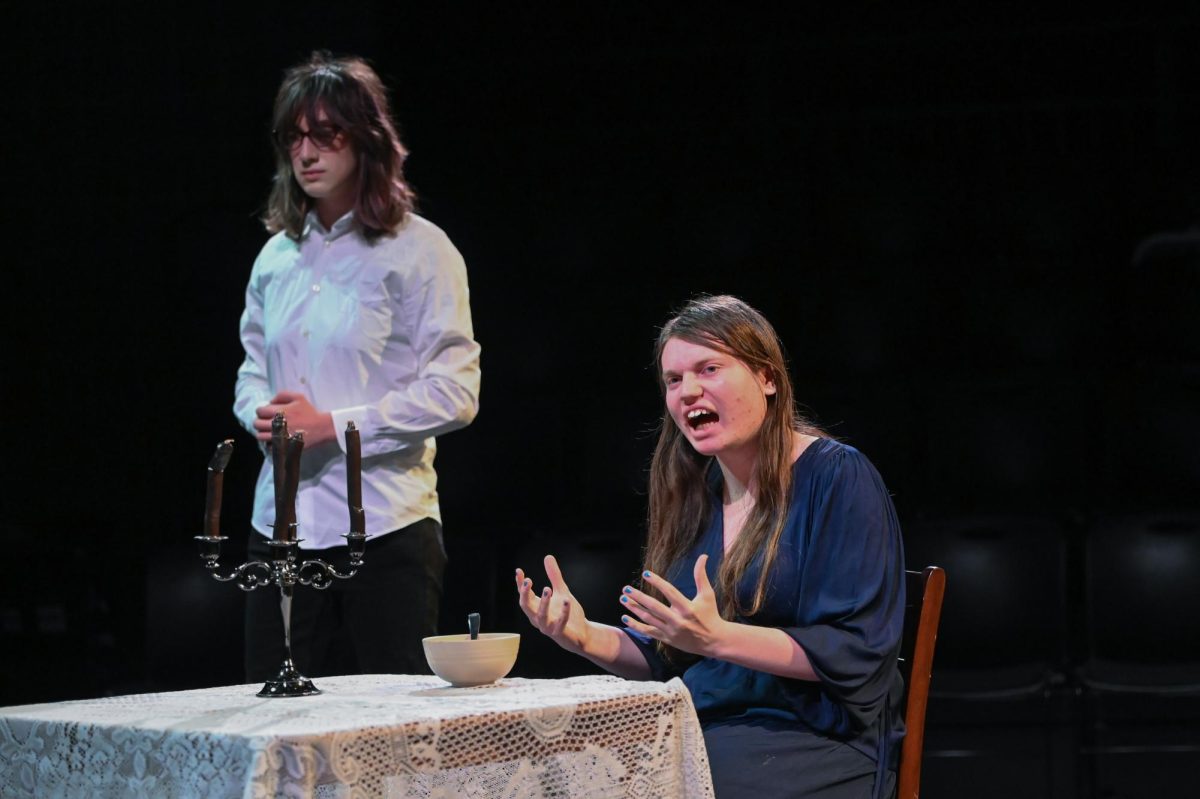As sophomore Sarah Kaldelli begins her free period, she sits with her friends in the hallway and begins to scroll through videos on her Instagram. She pauses as she looks at a brief animation — the video is clunky and the characters’ faces seem to shift as she observes them.
She takes in the flashing images, quickly opens the comment section, and moves on without a second glance. It’s obvious to Sarah that the animation she briefly saw was AI-generated, and she doesn’t want to finish watching it.
Sarah, who runs her own art Instagram account, finds the prospect of AI-generated art disturbing. She believes that people are using AI art so often because it’s easier than creating art traditionally.
“I feel like people who use AI might not appreciate the art that actual people make,” Sarah said. “I feel like they’re just doing it because it’s easy, and they don’t value, like, actual work and emotion put behind art, which I find a little disturbing because the whole point of art is to express yourself through your own emotions.”
With the launching of programs such as DALL-E 3, which allows users to generate AI art through ChatGPT, and updates to popular graphic design websites such as Canva and Adobe to include AI generation features, art, and generative artificial intelligence have intersected more than ever. With many asking questions about how AI art may undermine creativity, U-High students and faculty are worried about the implications of AI art.
Due to the rise of this AI-generated artwork, art teacher Brian Wildeman has recently begun focusing on ceramics. Now, he encourages his students to hand-make art, to differentiate themselves from AI.
“I have been encouraging students to make art that AI can’t make,” Mr. Wildeman said.
“And that’s one reason I’ve been more into ceramics lately.”
Computer science teacher Eric Rizzi, who teaches the Machine Learning and Artificial Intelligence class, anticipates that while AI may be a positive or negative invention for society, AI art is generally a bad thing.
“Overall, I see AI as kind of like a thing where it’s not quite clear yet whether it’s a positive or negative,” Mr. Rizzi said, “but AI art, to me, is likely a negative.”
Mr. Wildeman thinks AI art has the potential to cause serious confusion over whether a piece of art is human-made or AI-generated.
“I think it really messes people up with photography and with digital art because it’s just really hard to discern one from the other,” Mr. Wildeman said.
Mr. Wildeman said that artists in those fields had spent years mastering digital artwork, filmmaking, or photography, and AI threatens this hard work.
In 2021, the Department of Homeland Security published a report warning people about the risks of “Deepfakes—” AI-generated media made “to create believable, realistic videos, pictures, audio, and text of events which never happened,” according to the report.
An ethical dilemma that AI art presents for Mr. Wildeman is the effect it has on the climate. According to the United Nations Environmental Programme, a single prompt being put into ChatGPT takes up 10 times the electricity of a Google Search. In another recent study, AI image generation uses the same amount of energy as charging a phone to a full battery.
In the animation field, AI is used to streamline the animation process. The SAE Institute, a network of colleges that educate students in creative media, says that AI art helps by “automating labor-intensive tasks [which] is a key advantage of AI in the animation process and allows animators to dedicate their attention to creativity and storytelling.”
Sarah has long been ethically opposed to AI-generated artwork. Sarah thinks AI art also takes away from both an artist’s creativity and also from their job opportunities.
“I know a lot of companies used to rely on artists and they would hire artists, but now they use AI,” Sarah said. “I feel like it takes away from a lot of the jobs that people could do and just from the creativity in general.”
Mr. Rizzi thought the AI art, for better or for worse, is here to stay.
“I do imagine there will be a lasting impact,” Mr. Rizzi said. “It feels like one of these situations where you can’t put the genie back in the bottle.”
Sarah thinks that AI has the potential to have a long-lasting effect on the field of art, as it has already affected her online art community.
“I already know that there’s a lot of people using AI to create art,” Sarah said, “and I’ve seen a lot of conflict on digital platforms between people arguing what’s AI and what isn’t. I think it might cause a lot of distress between artists.”

